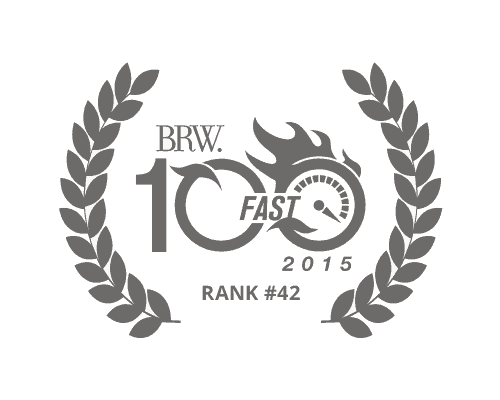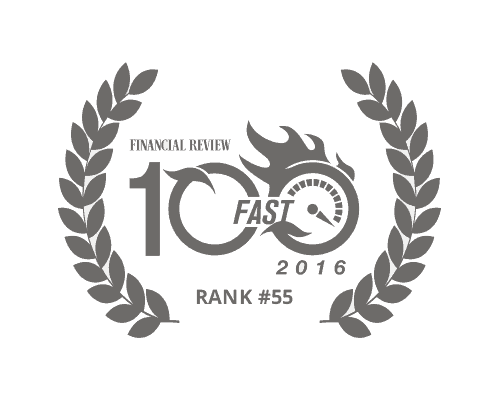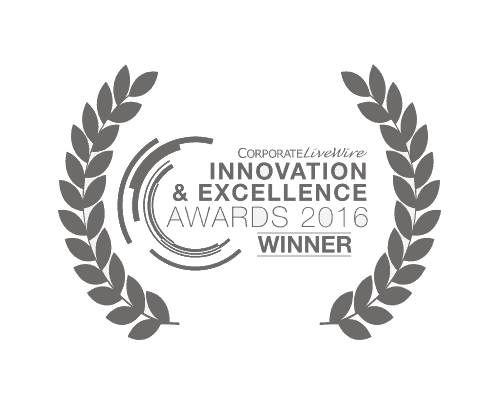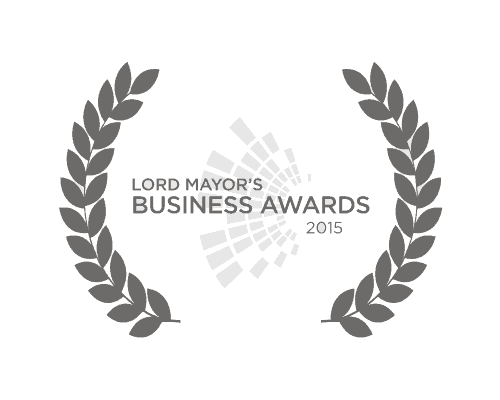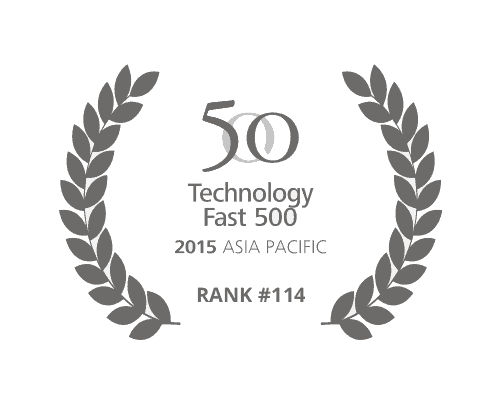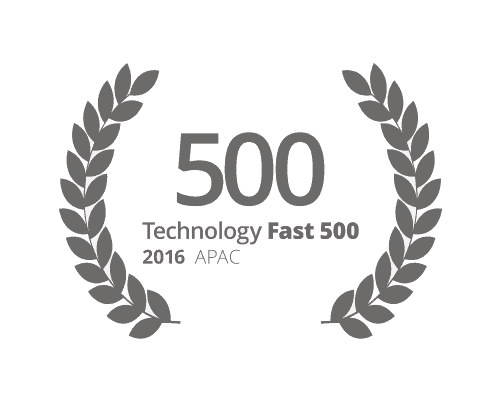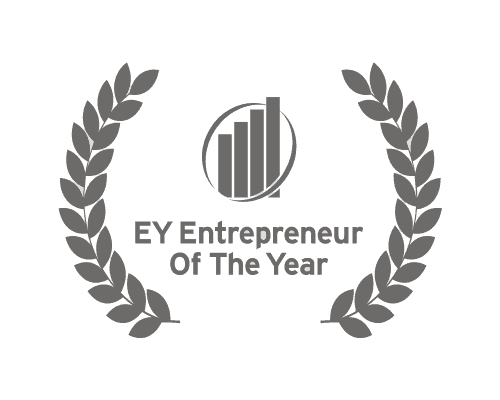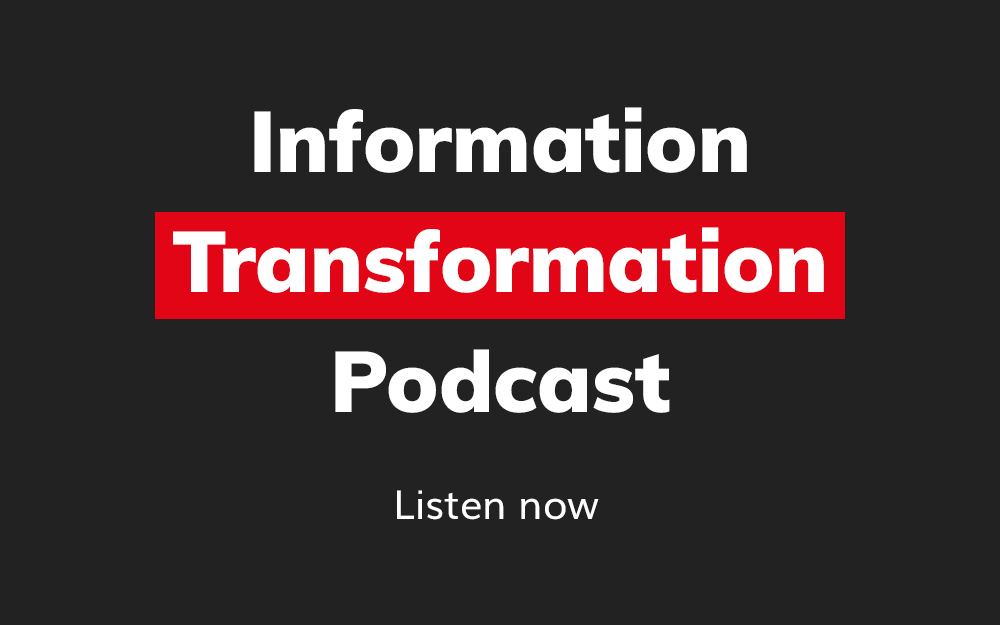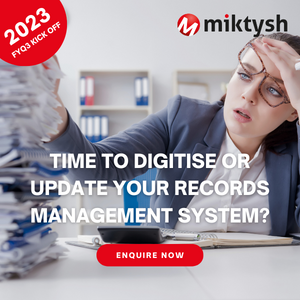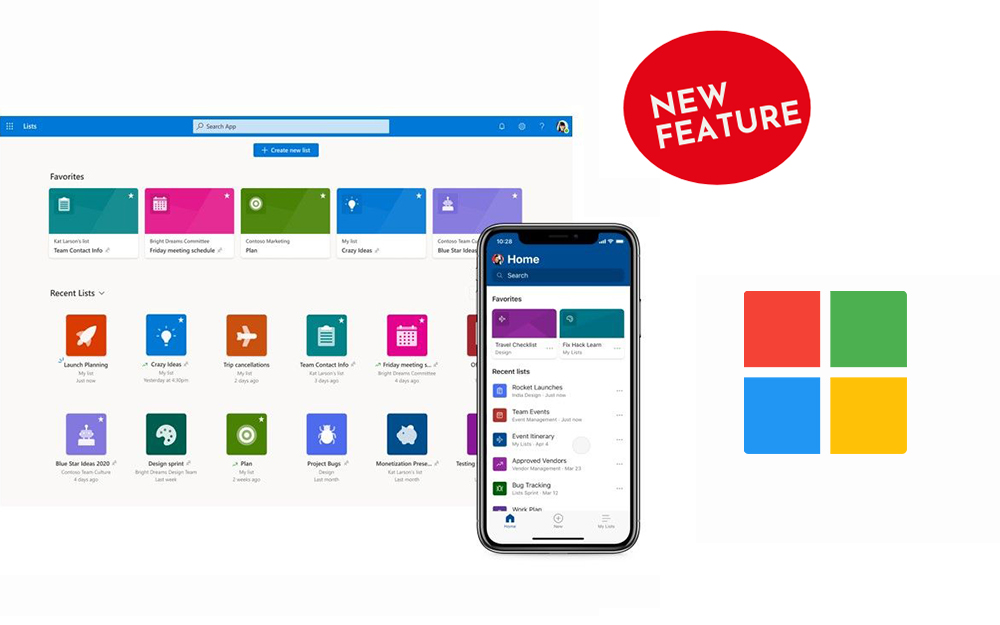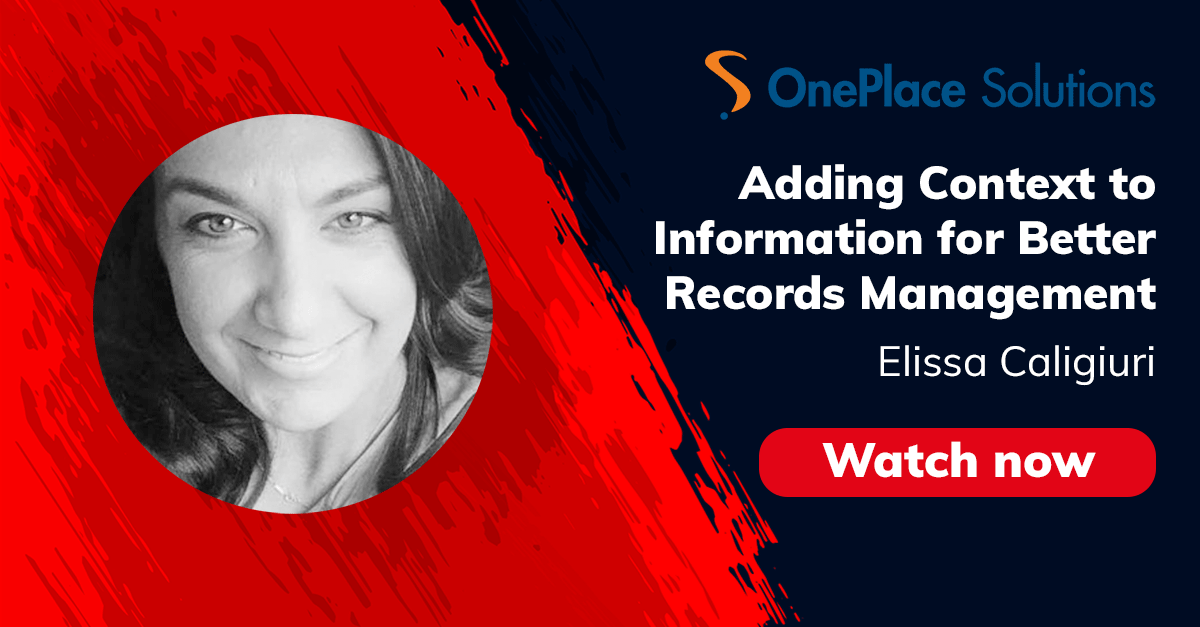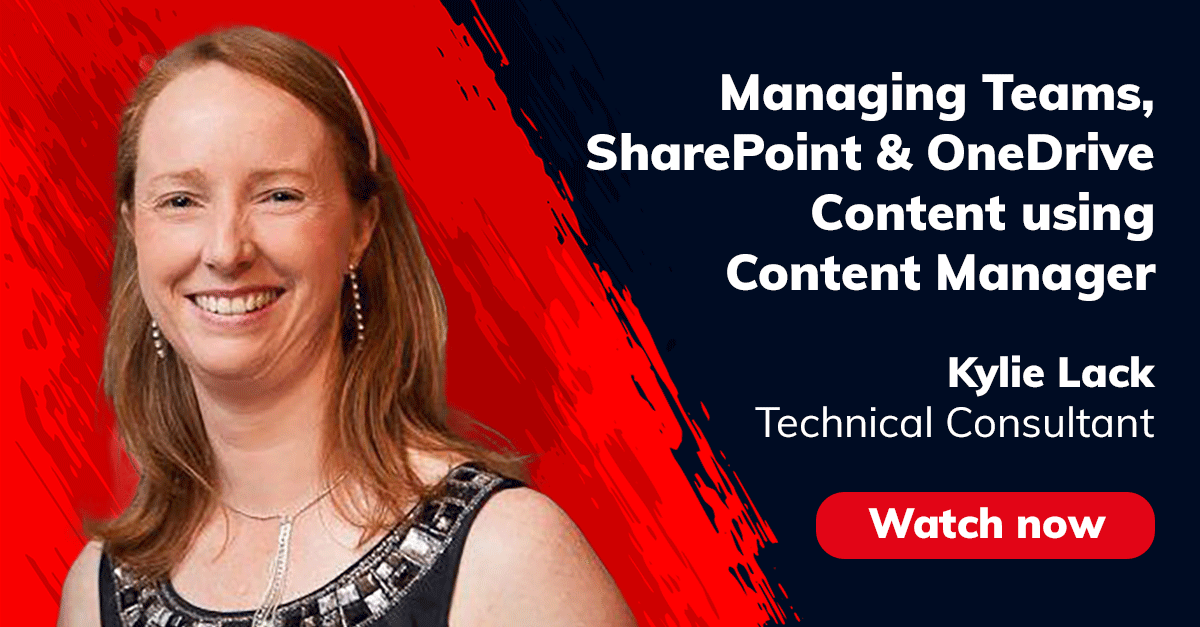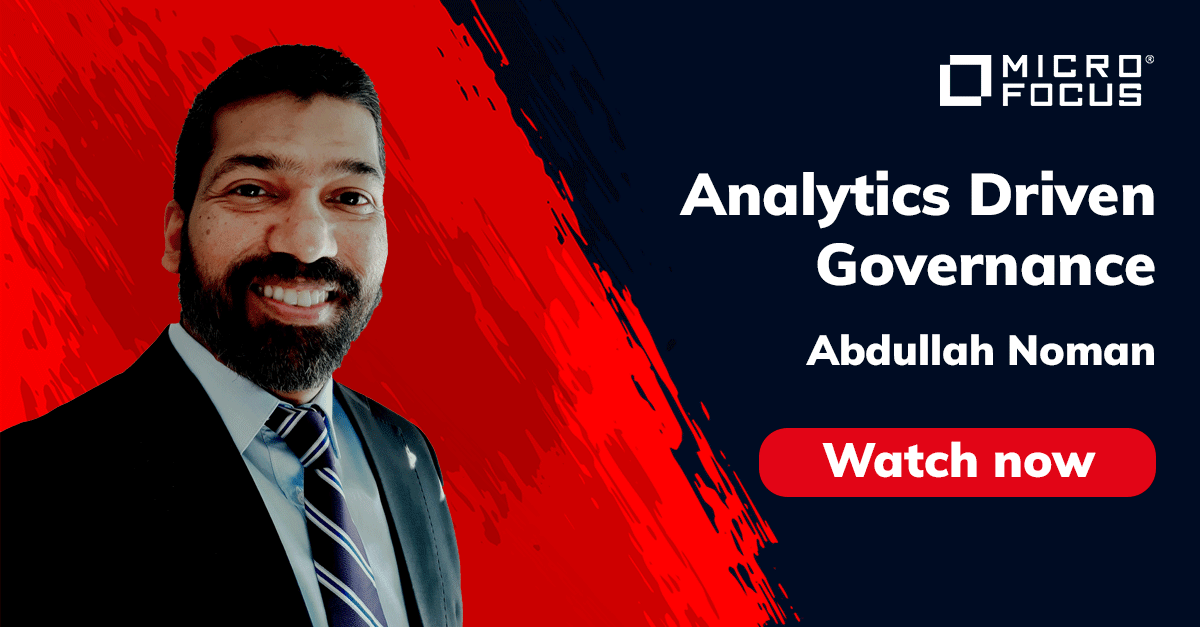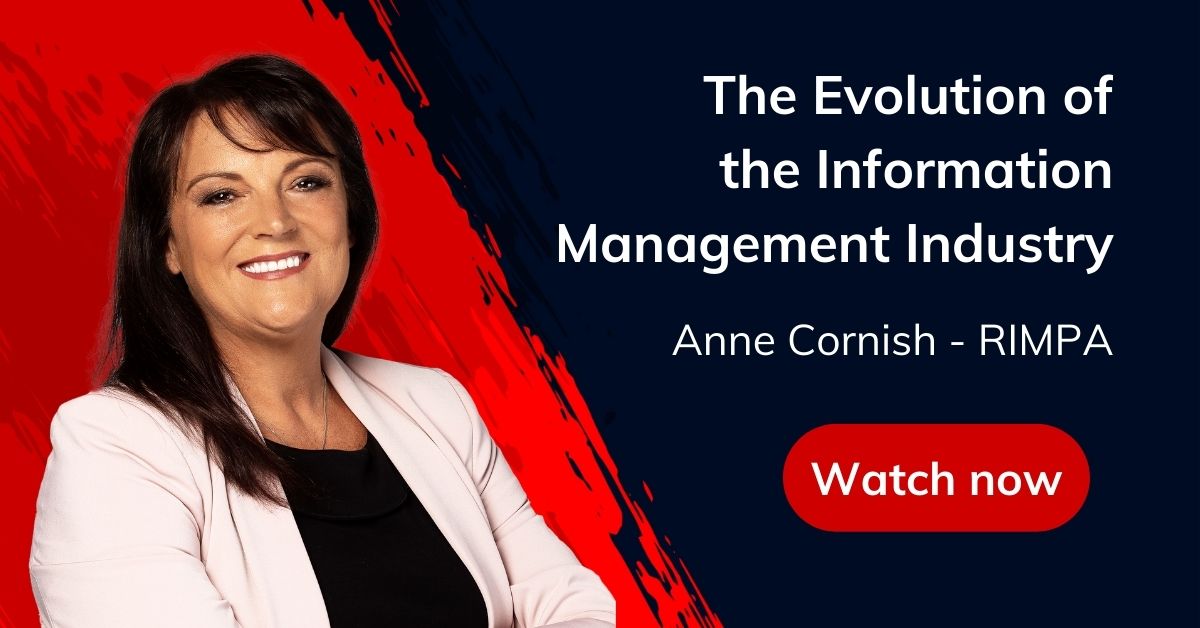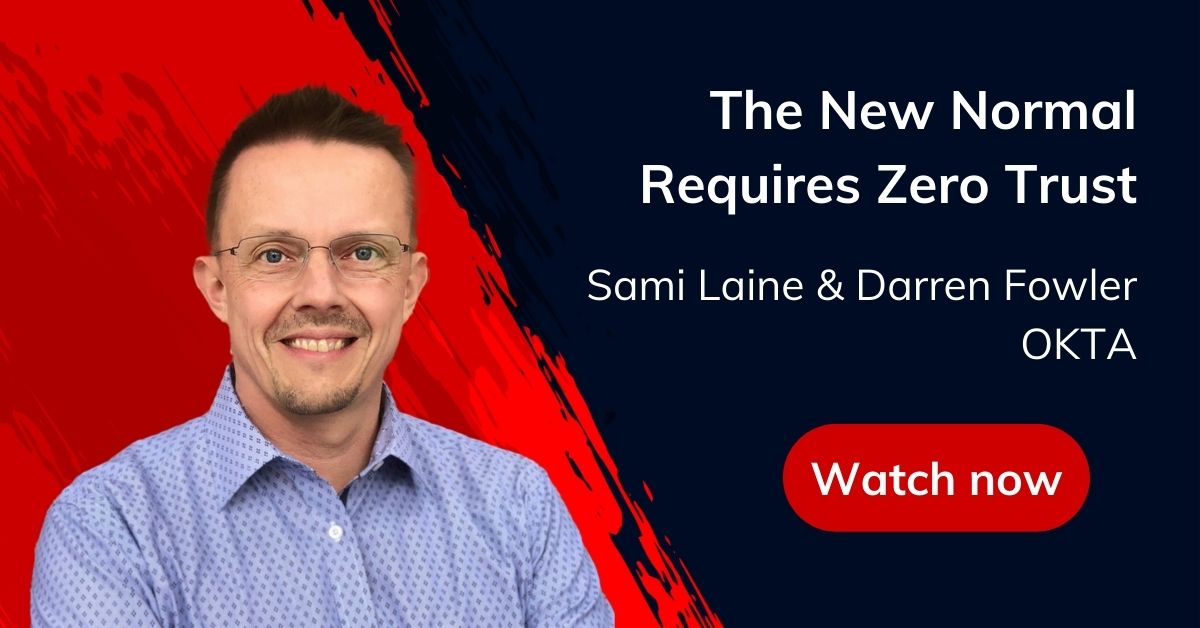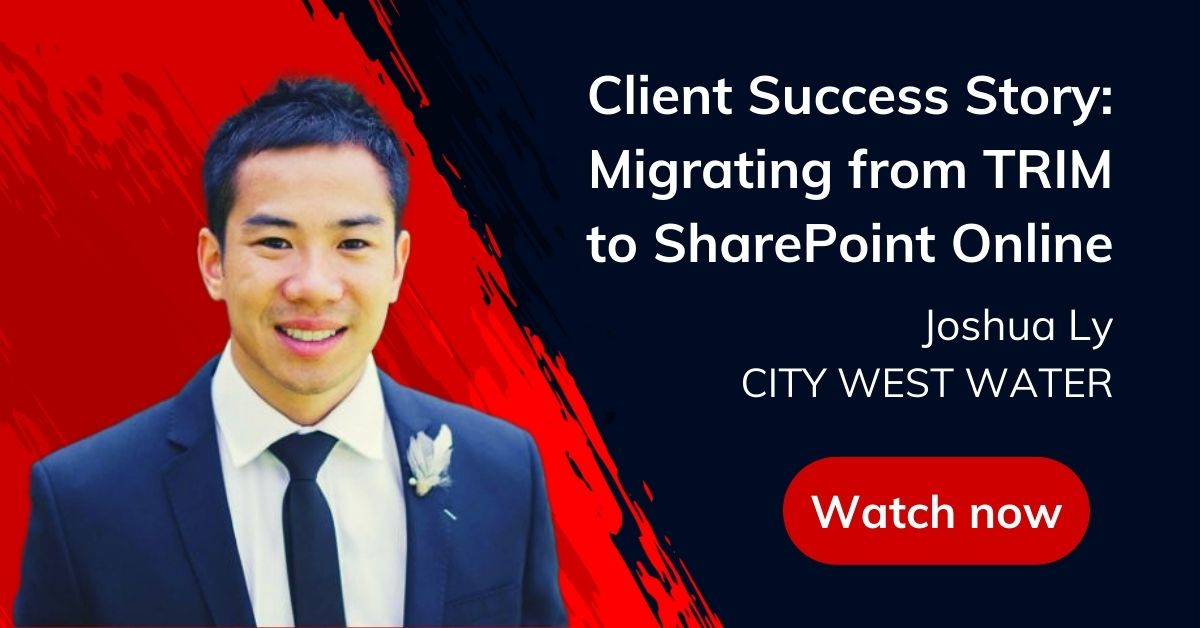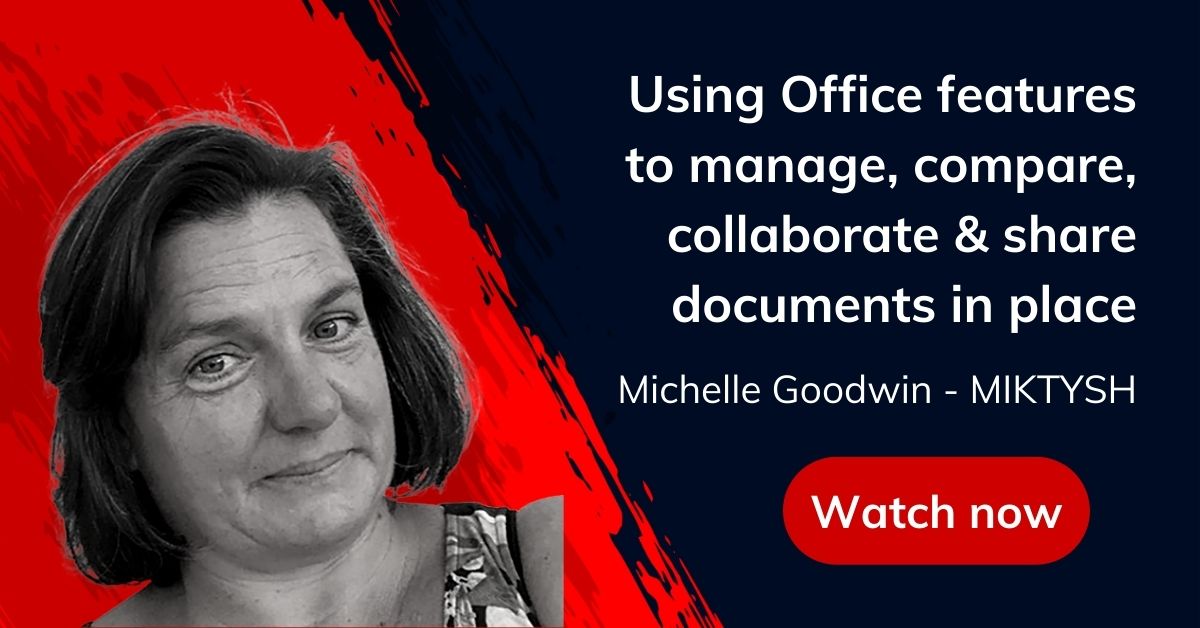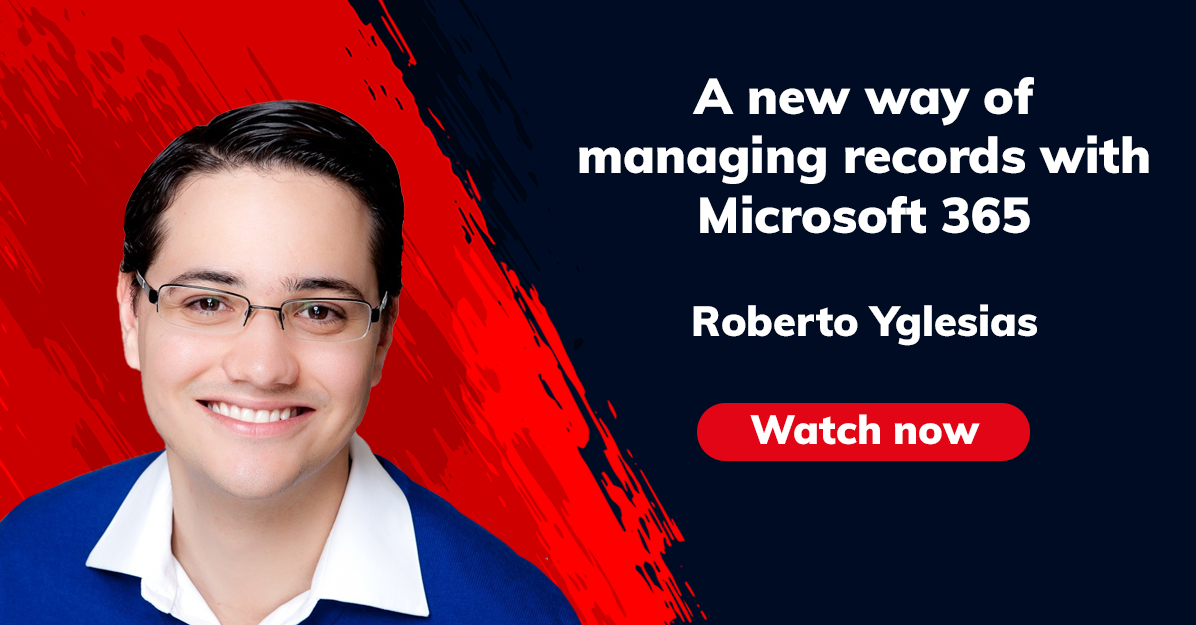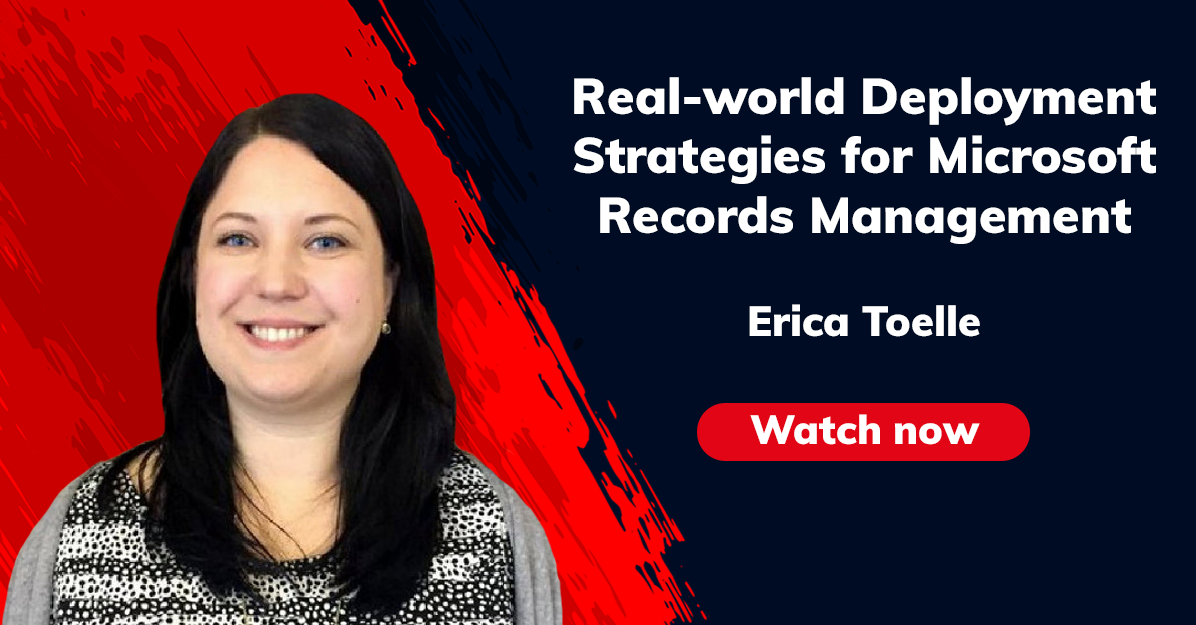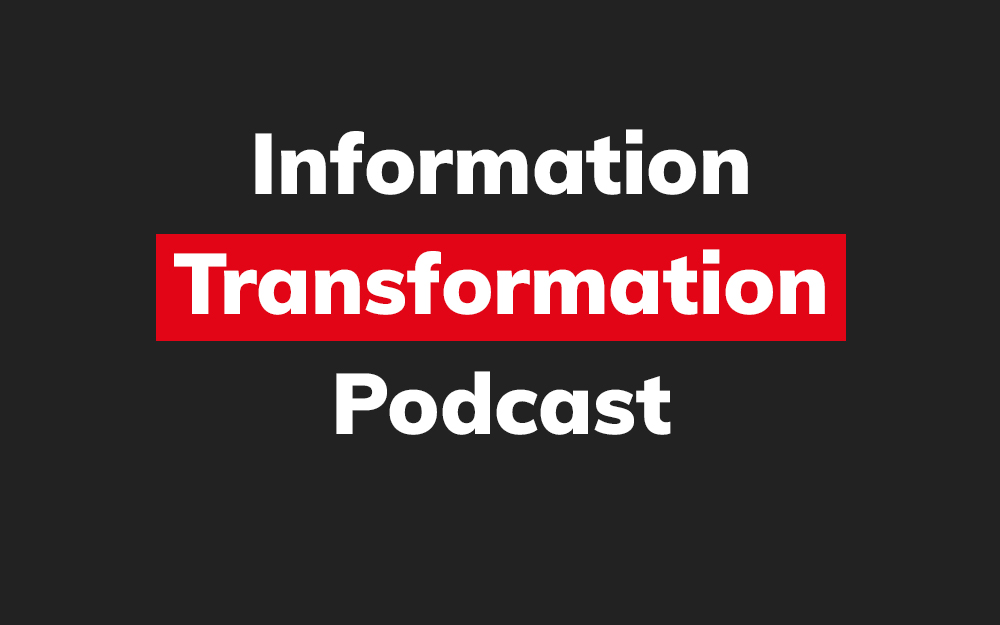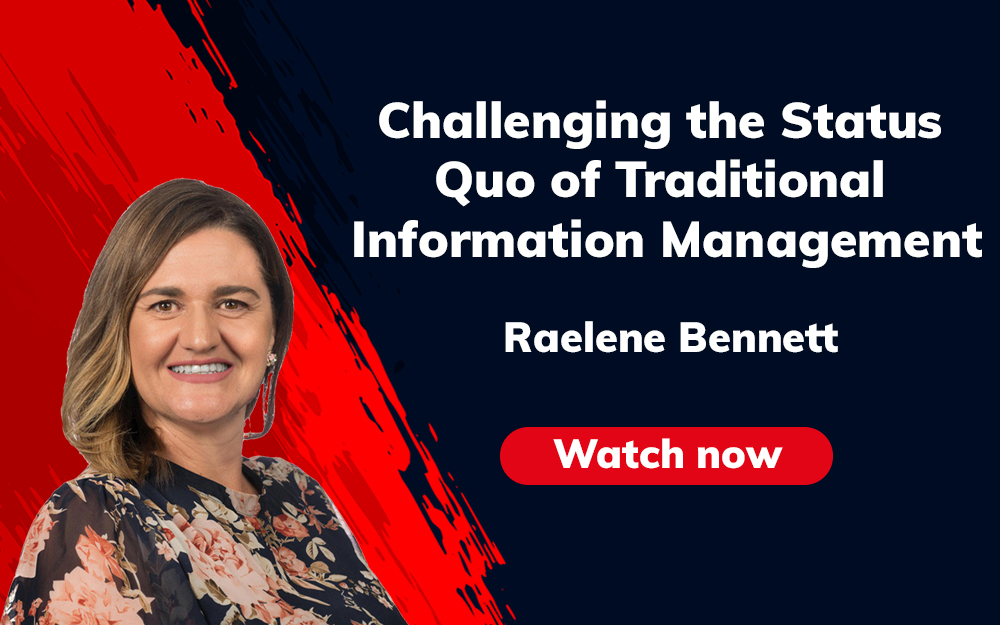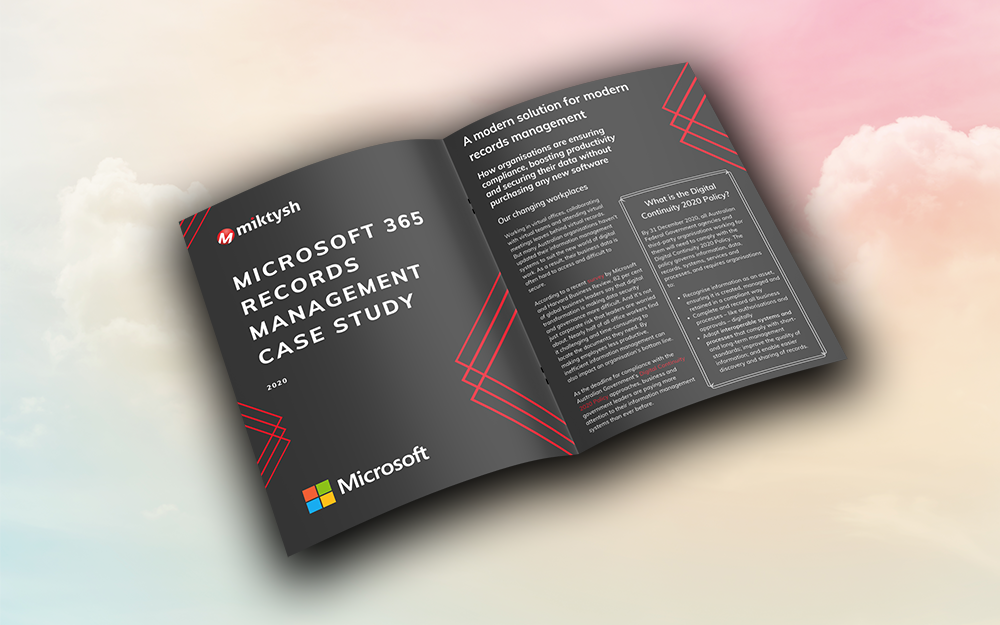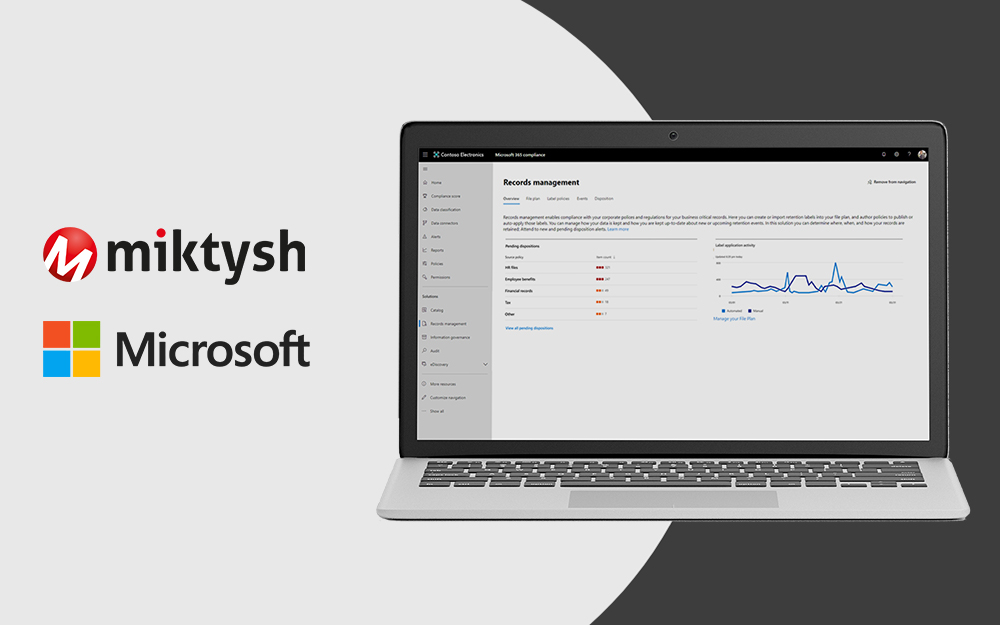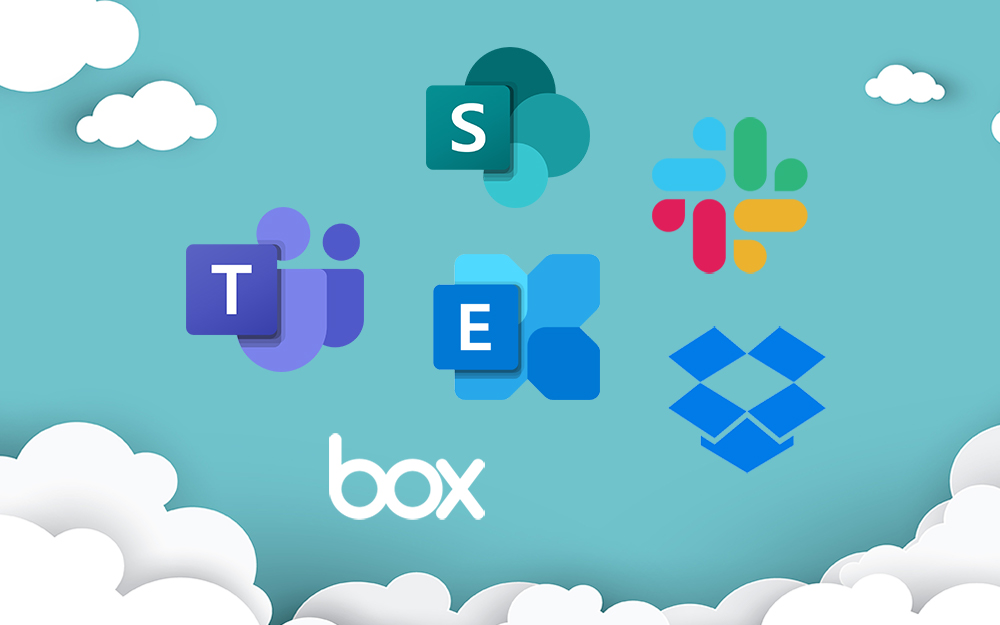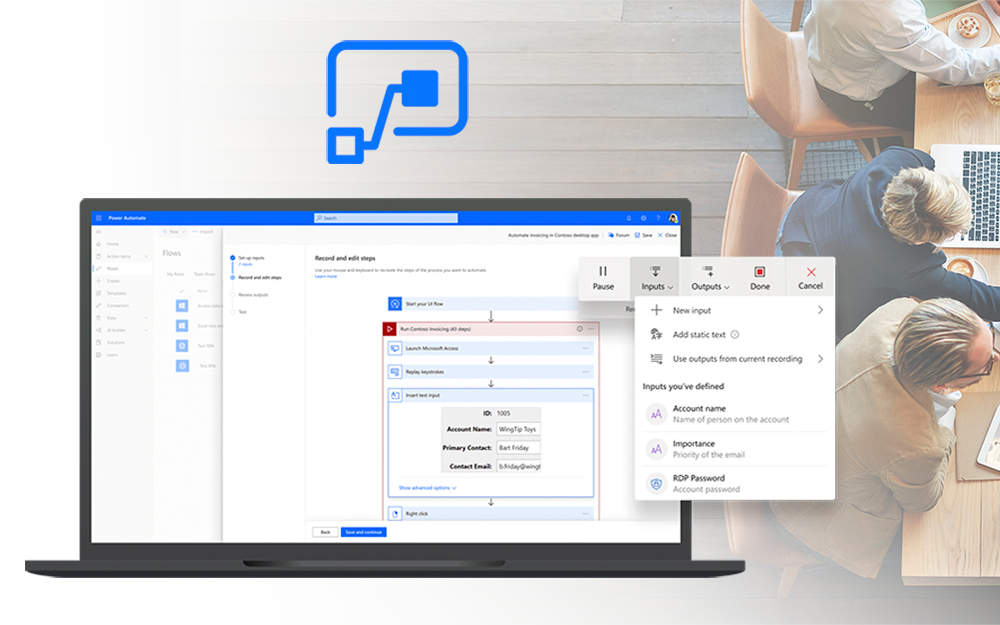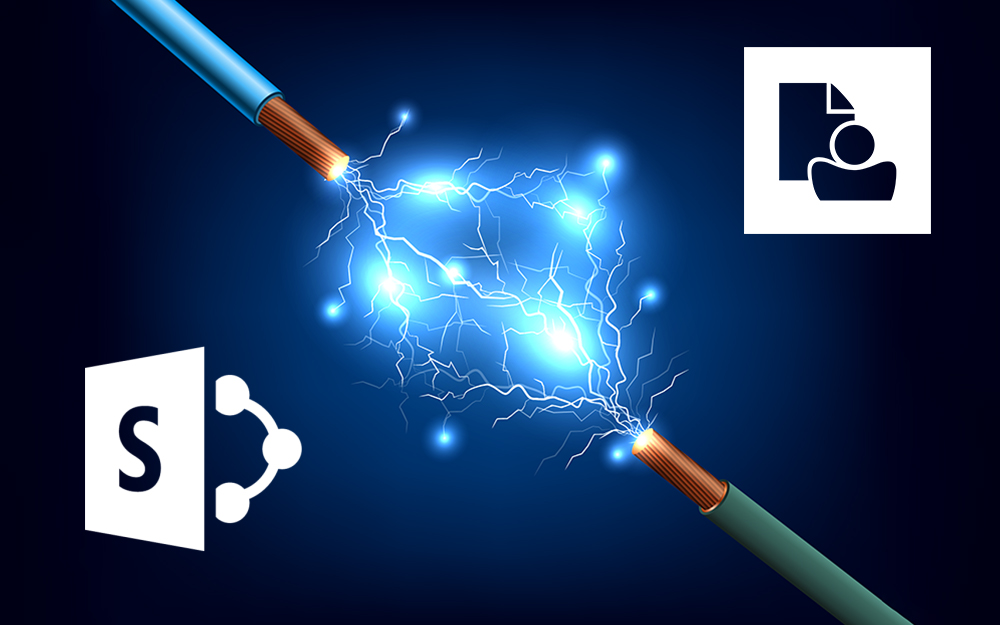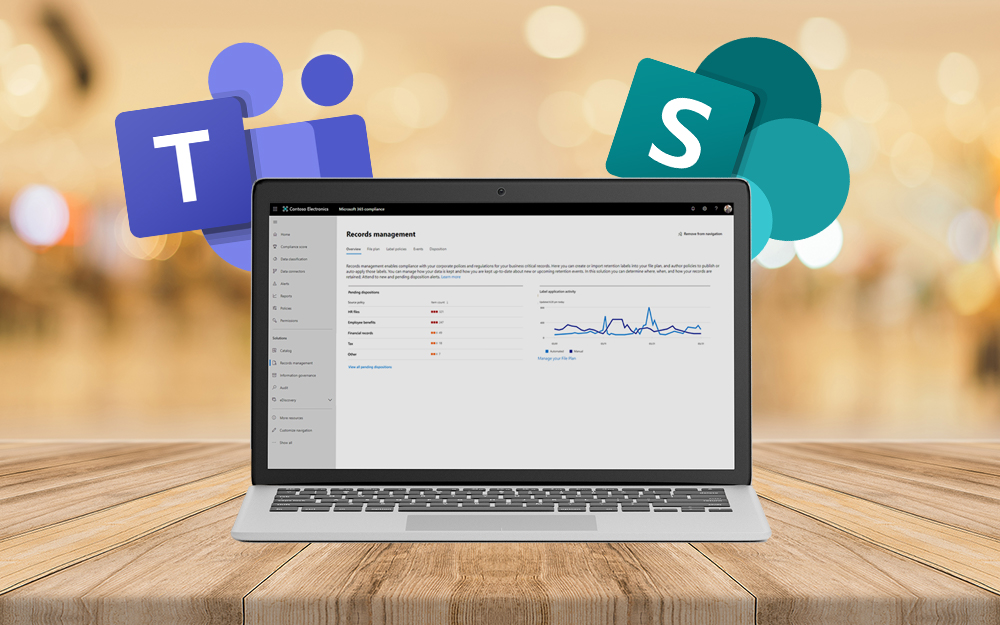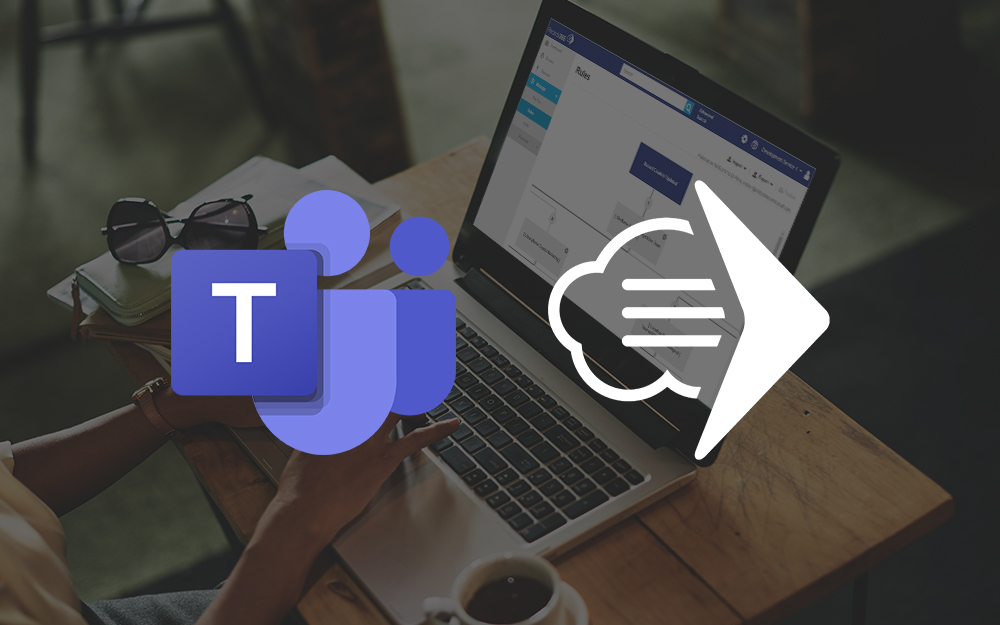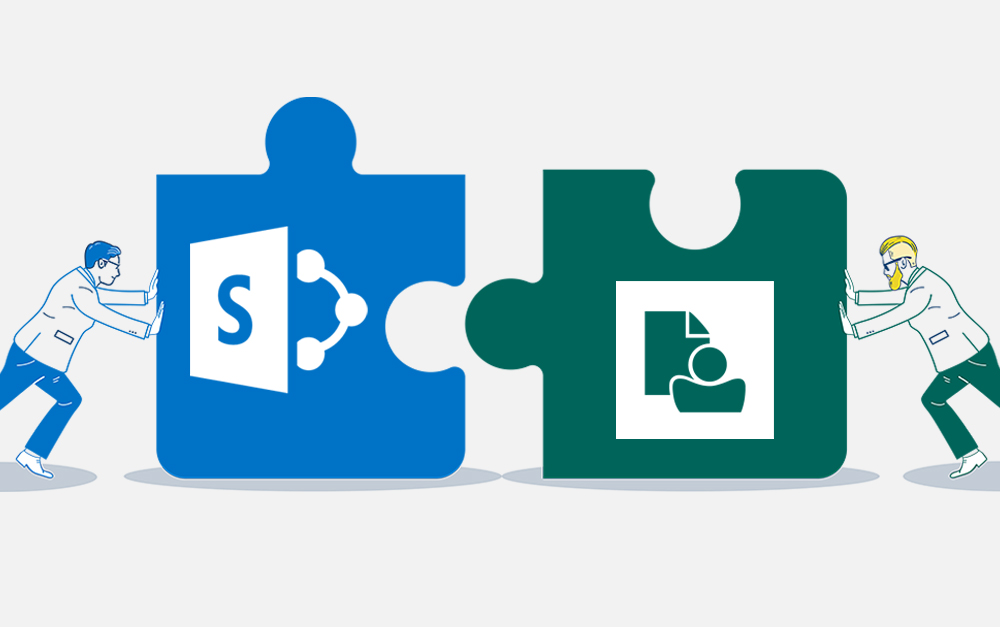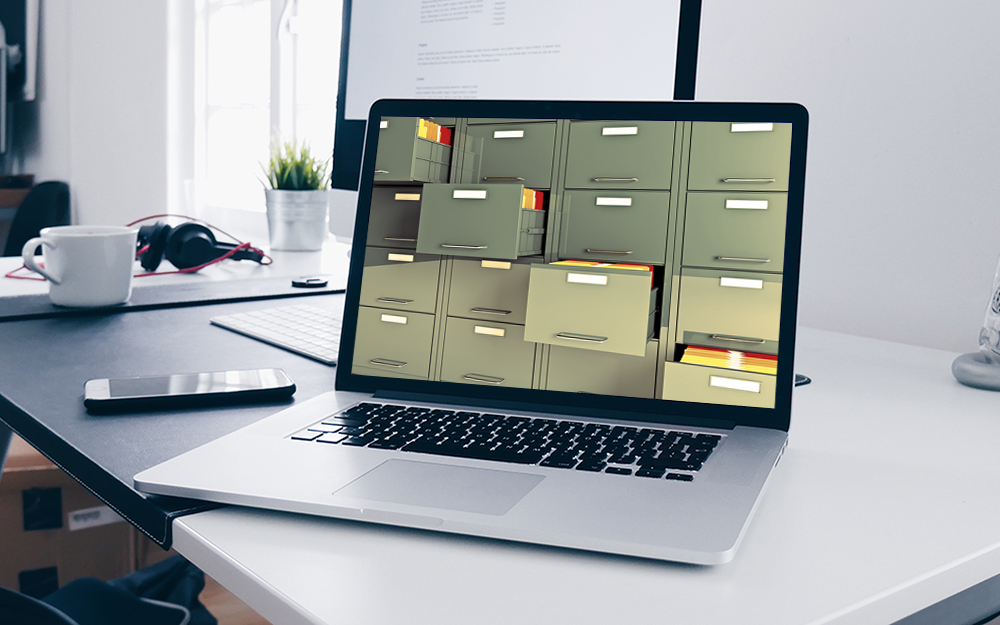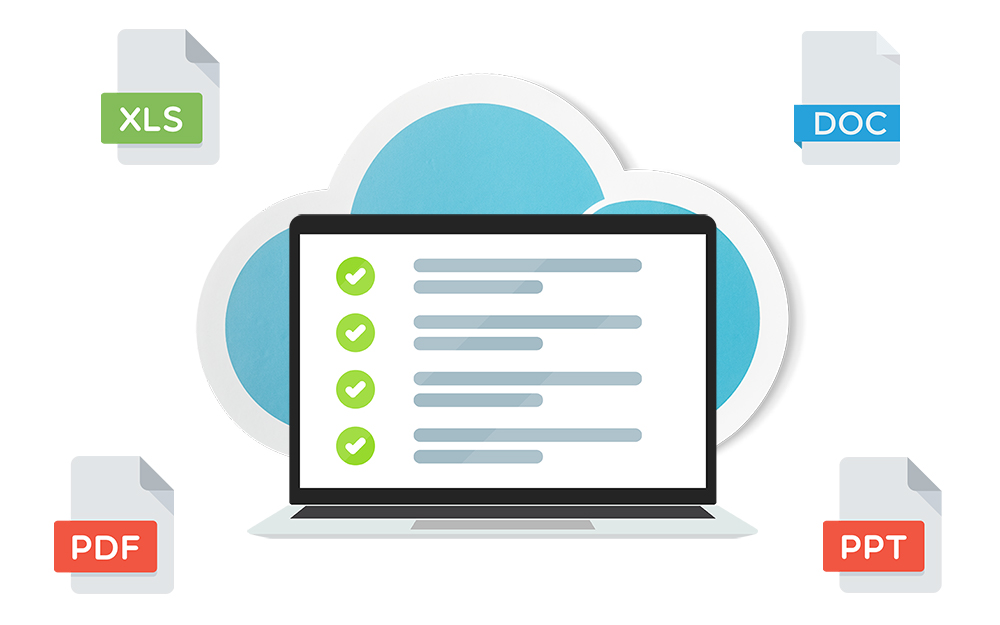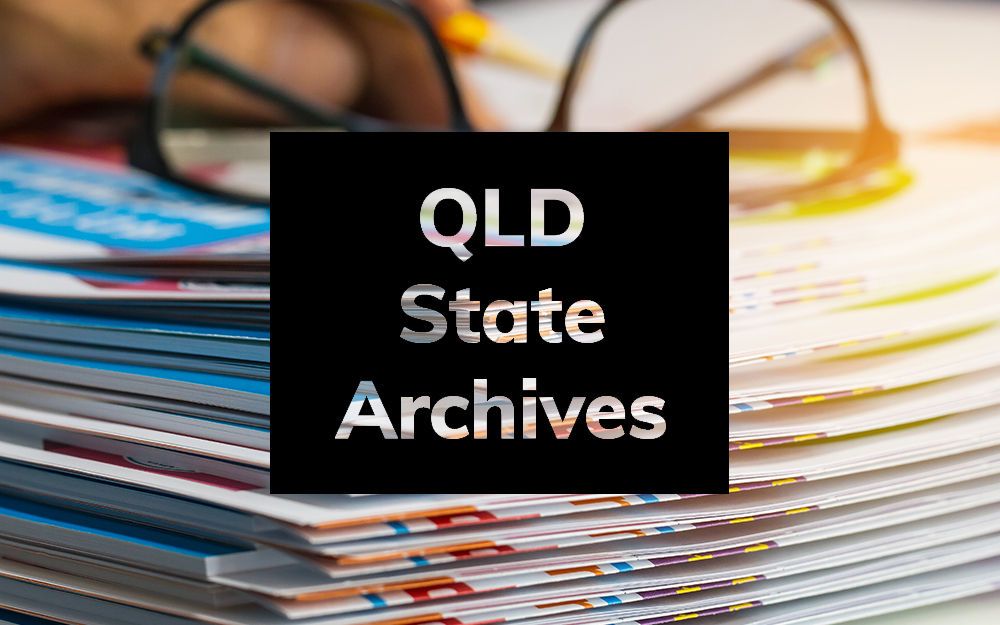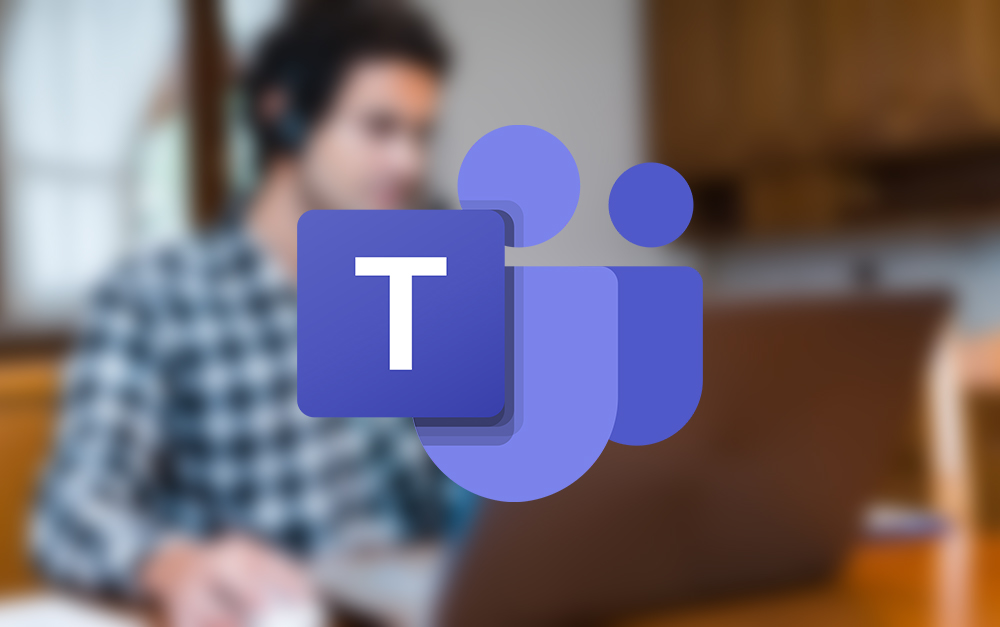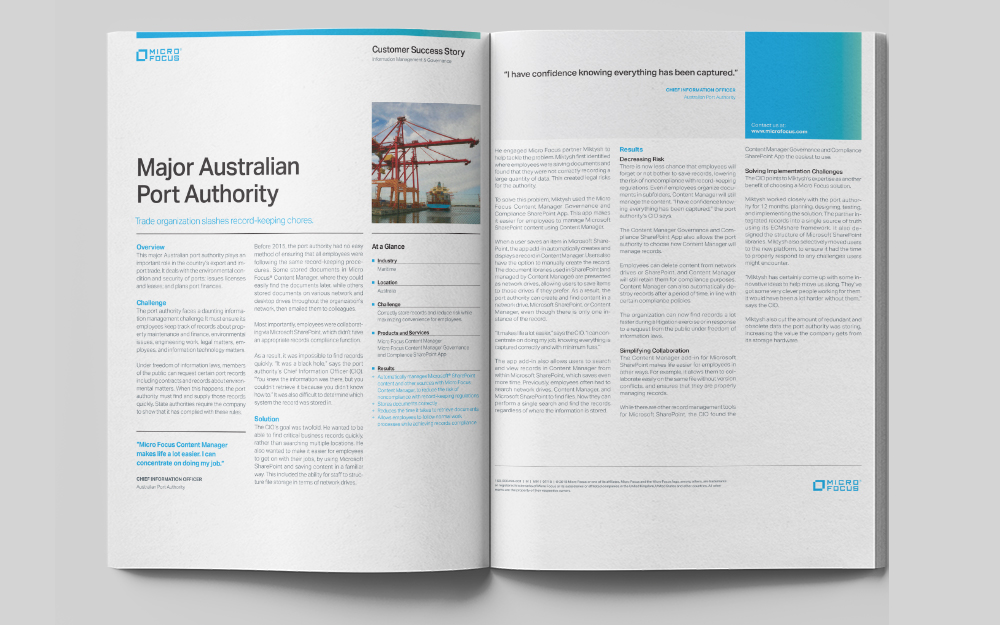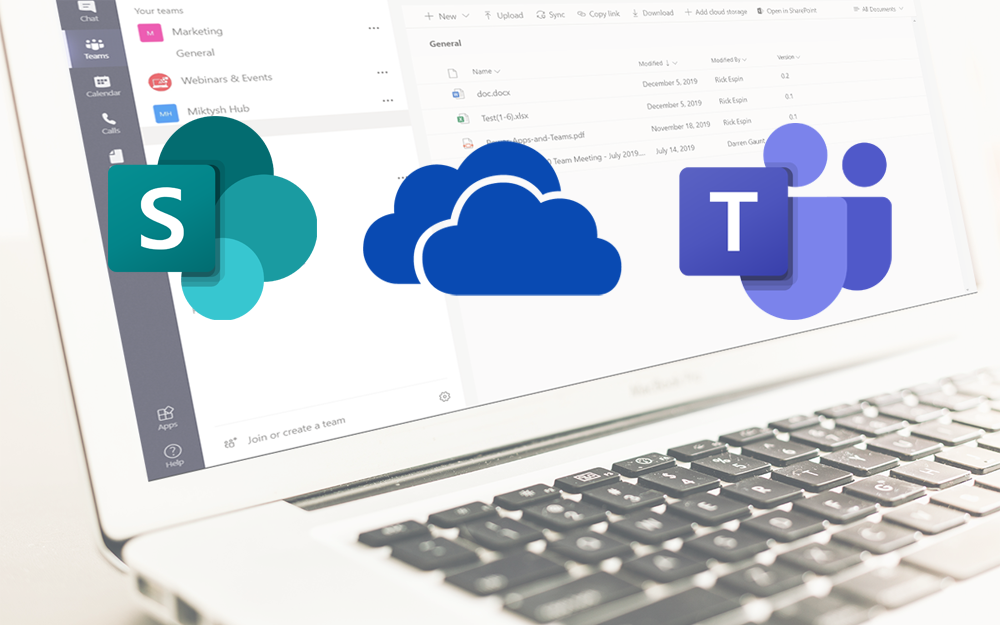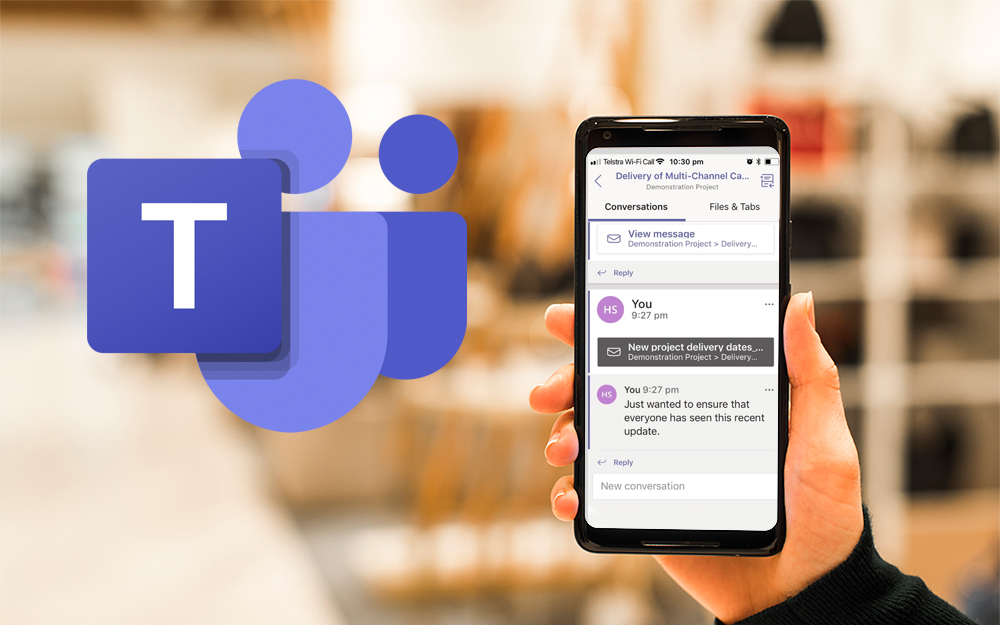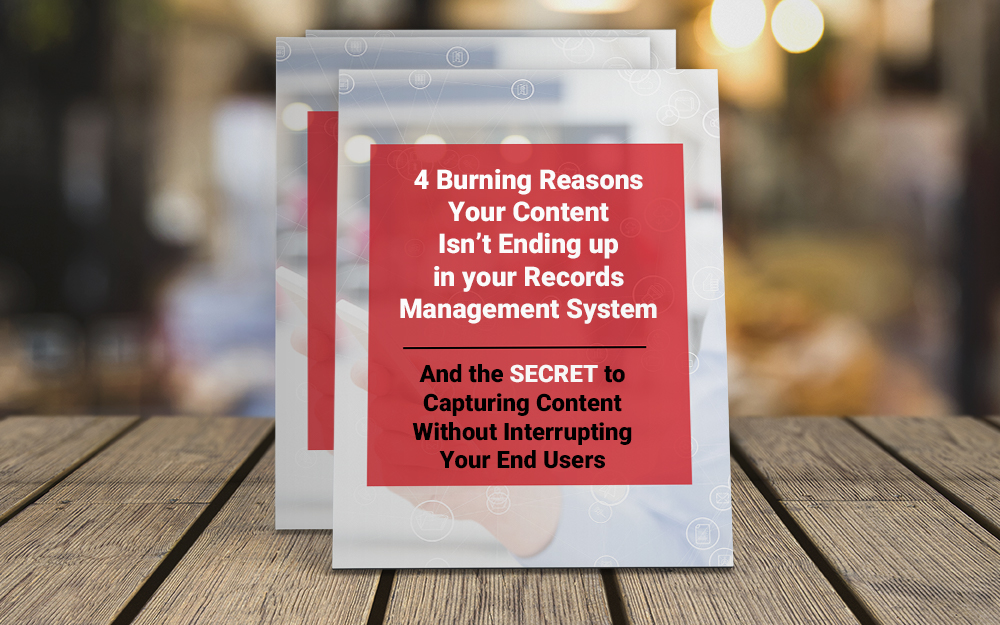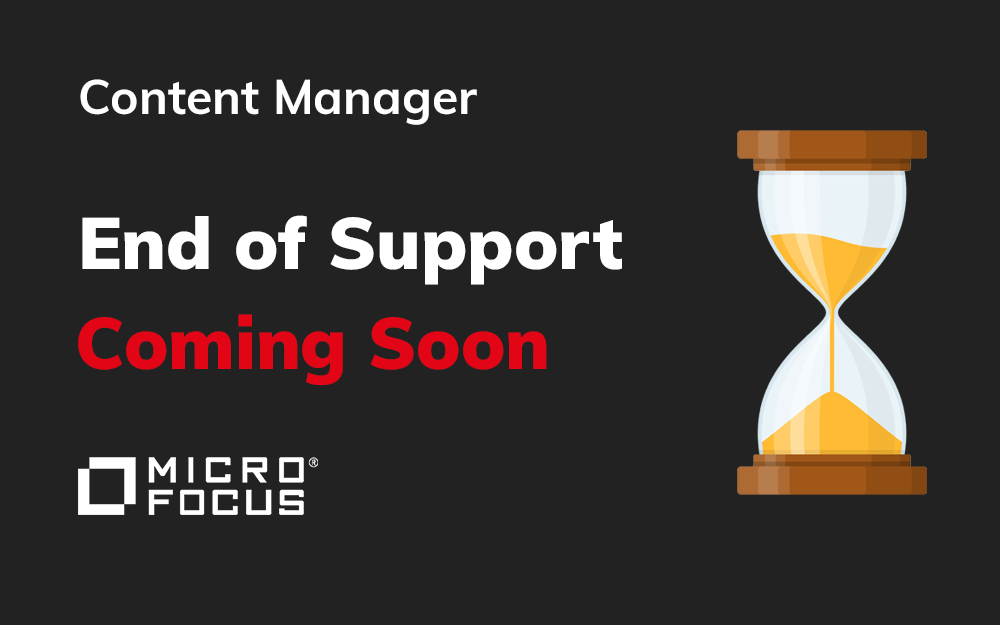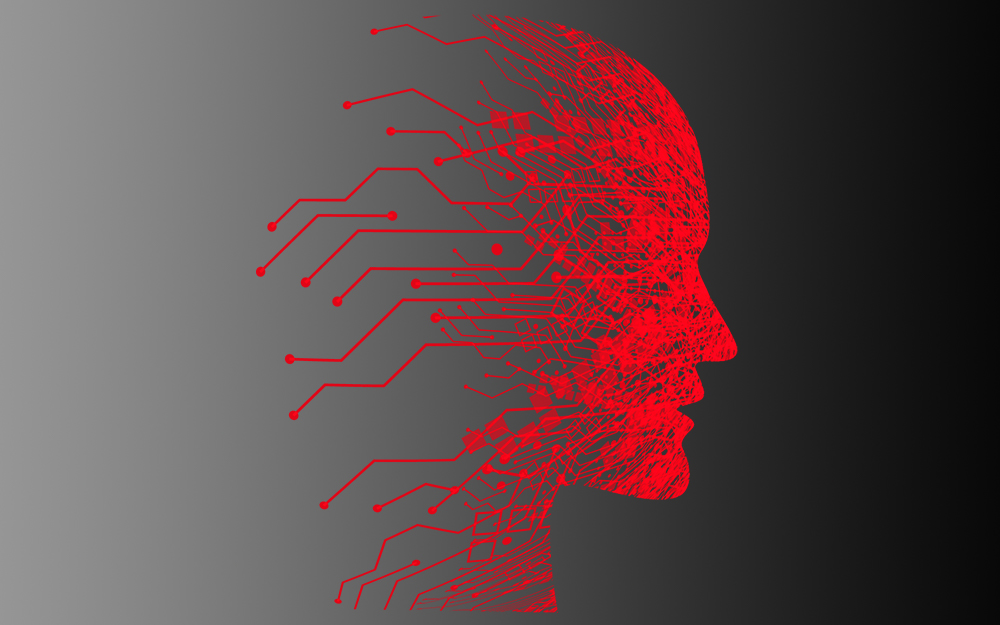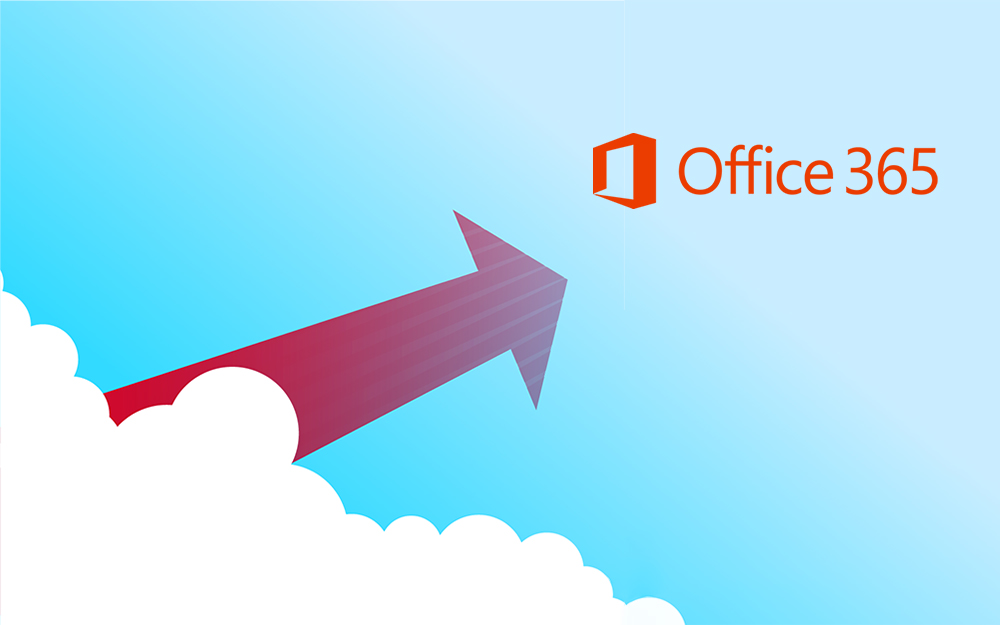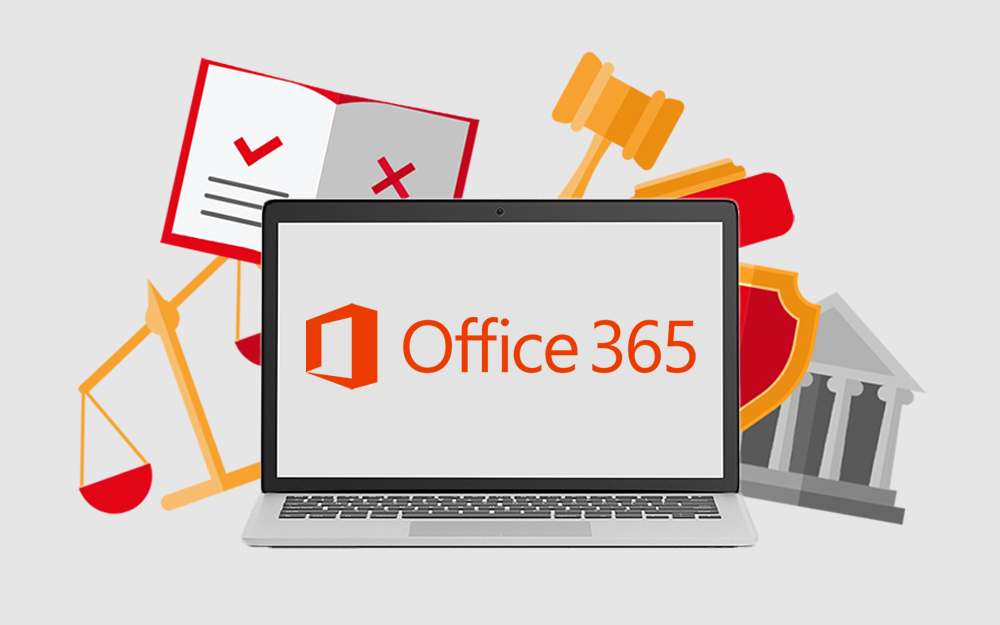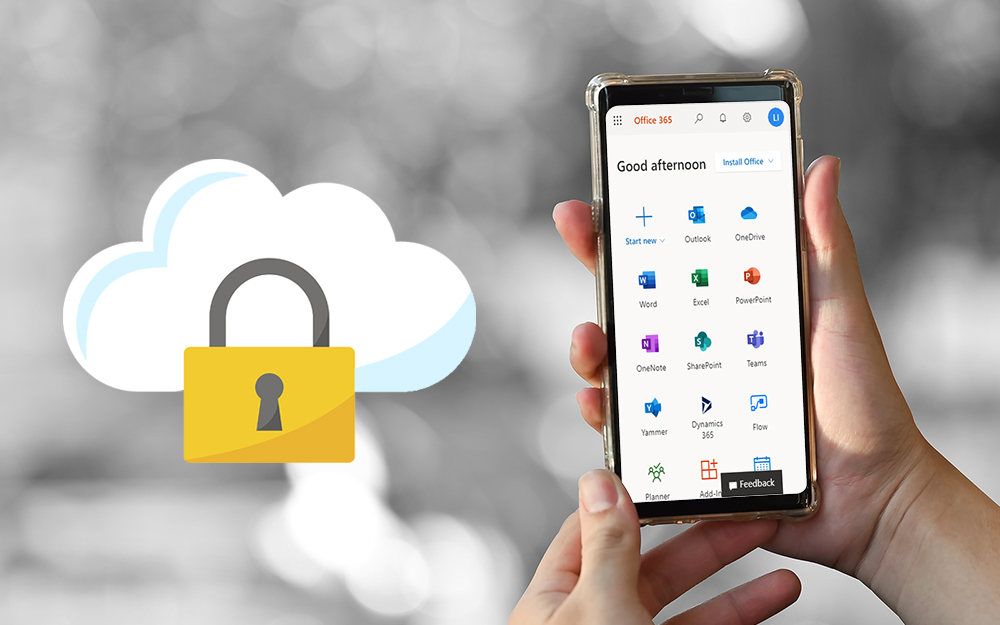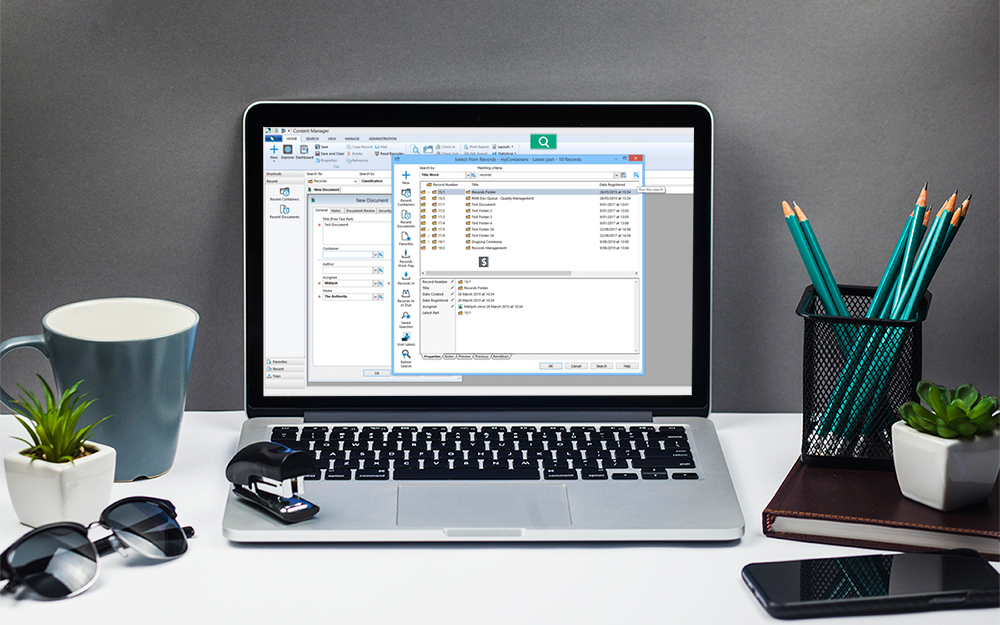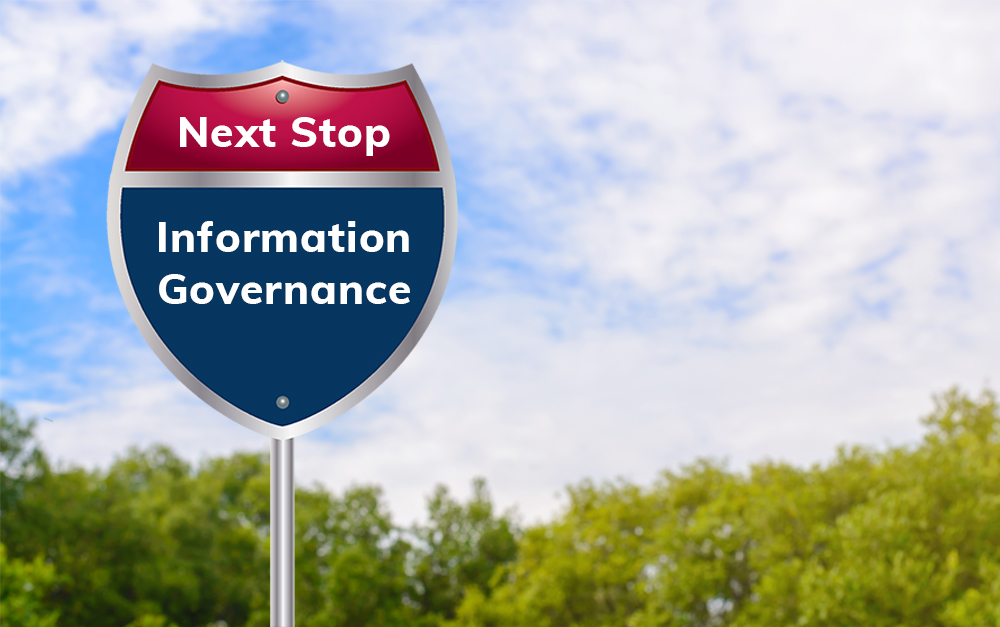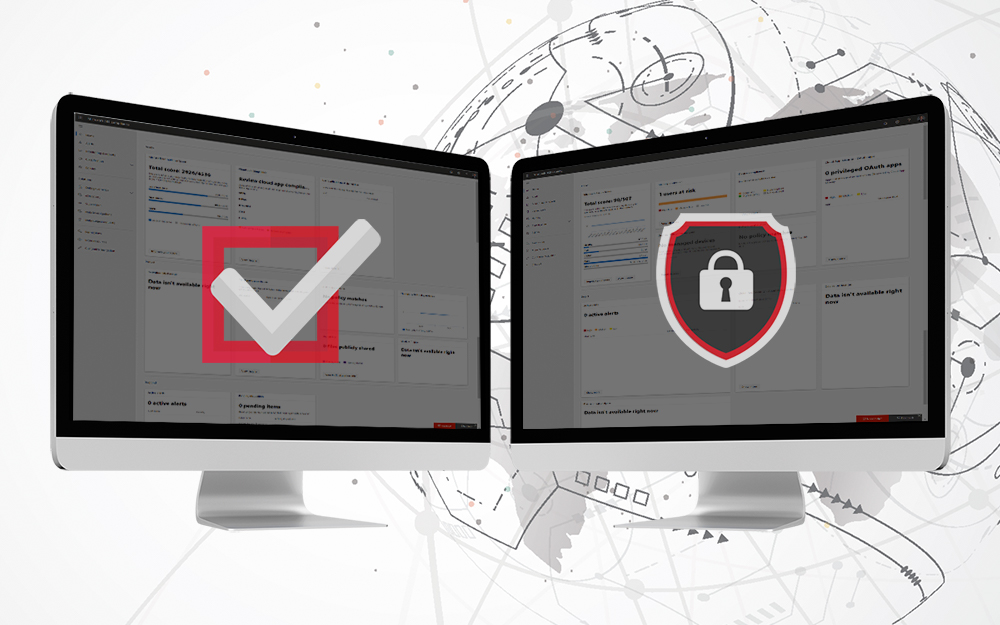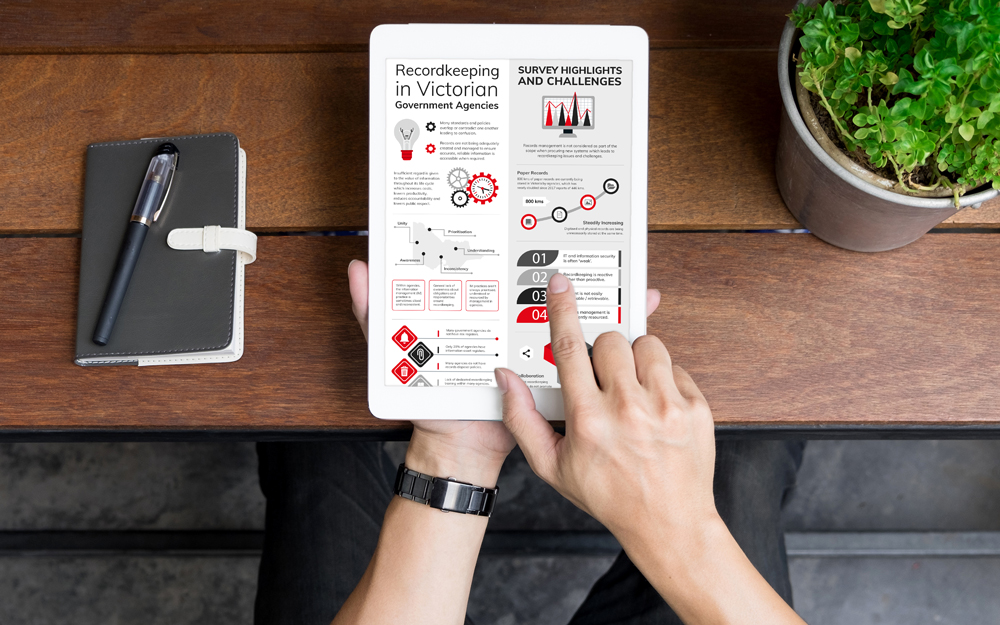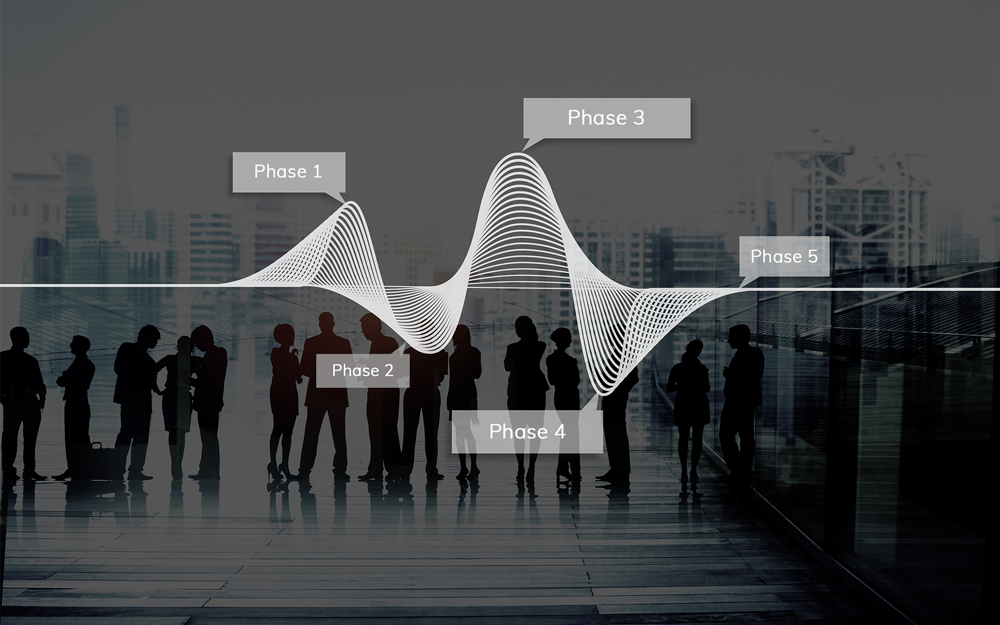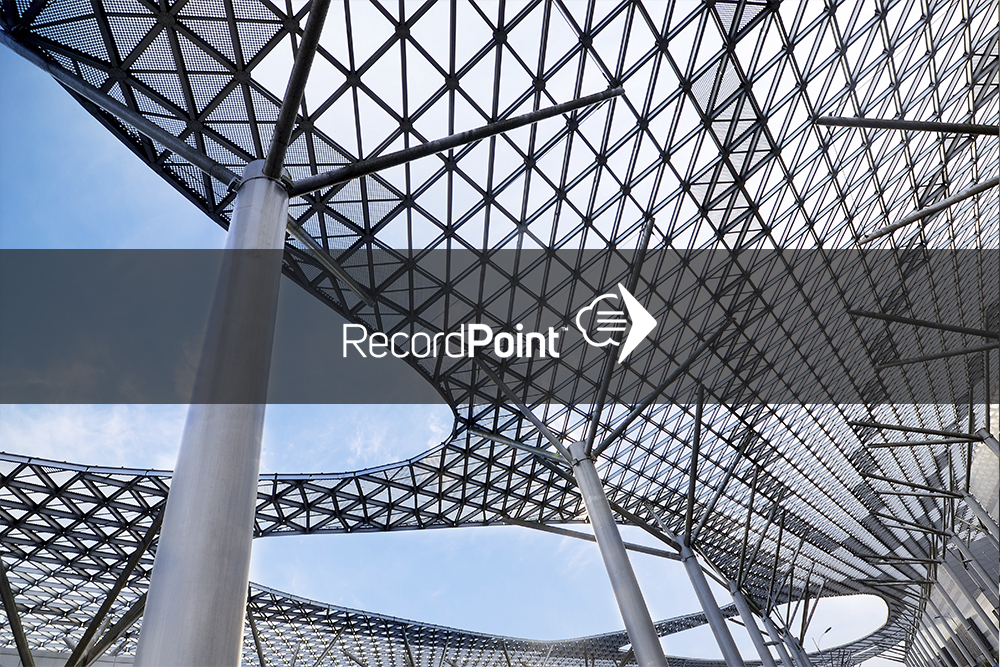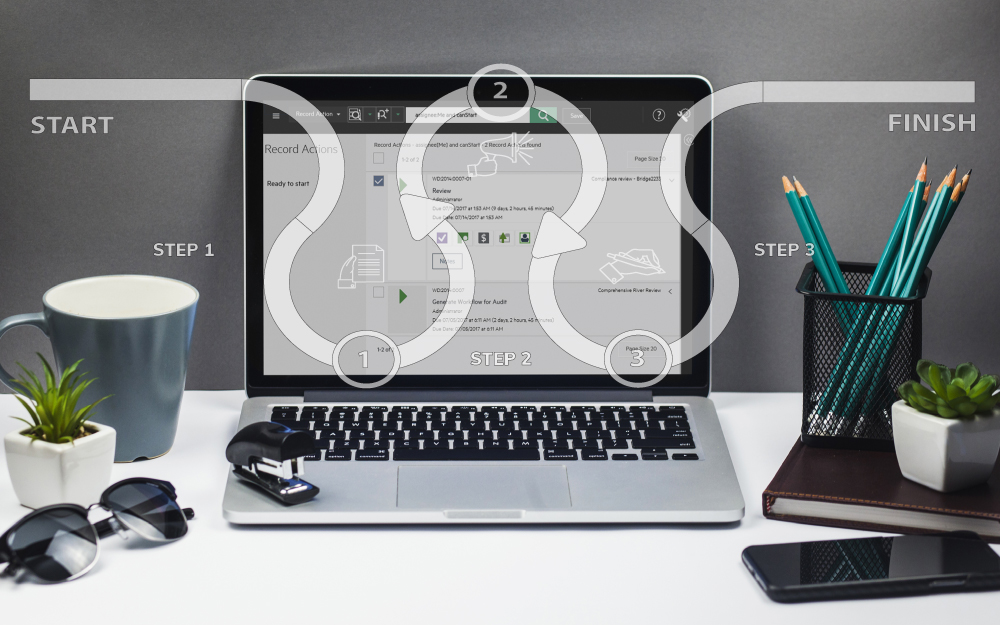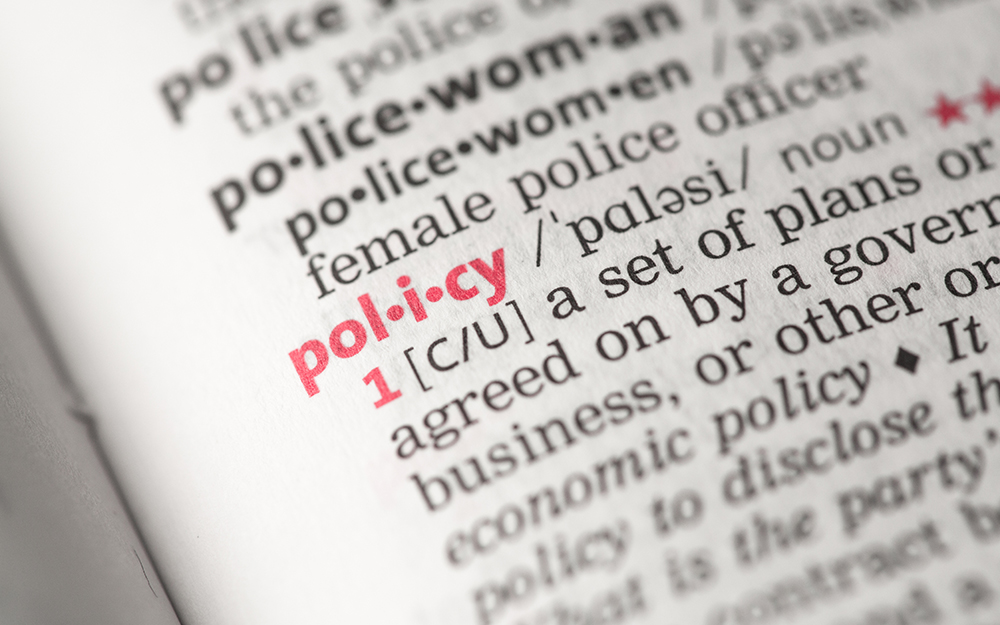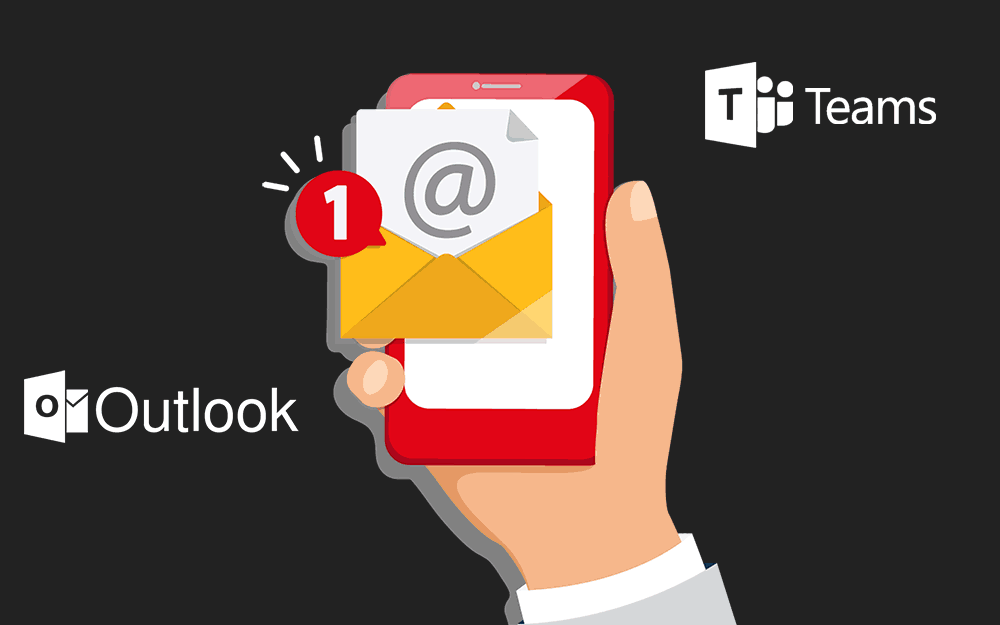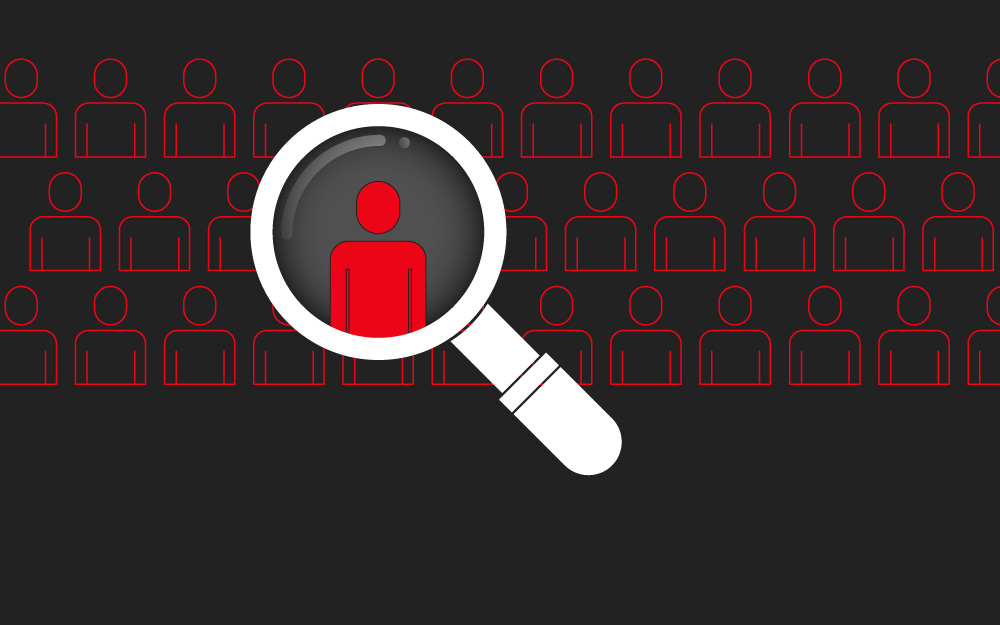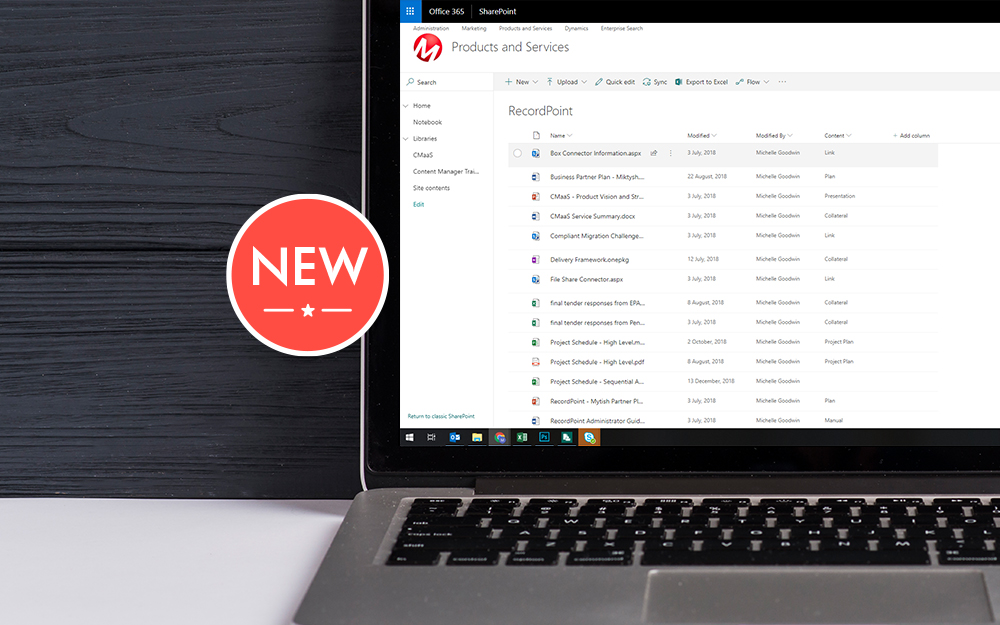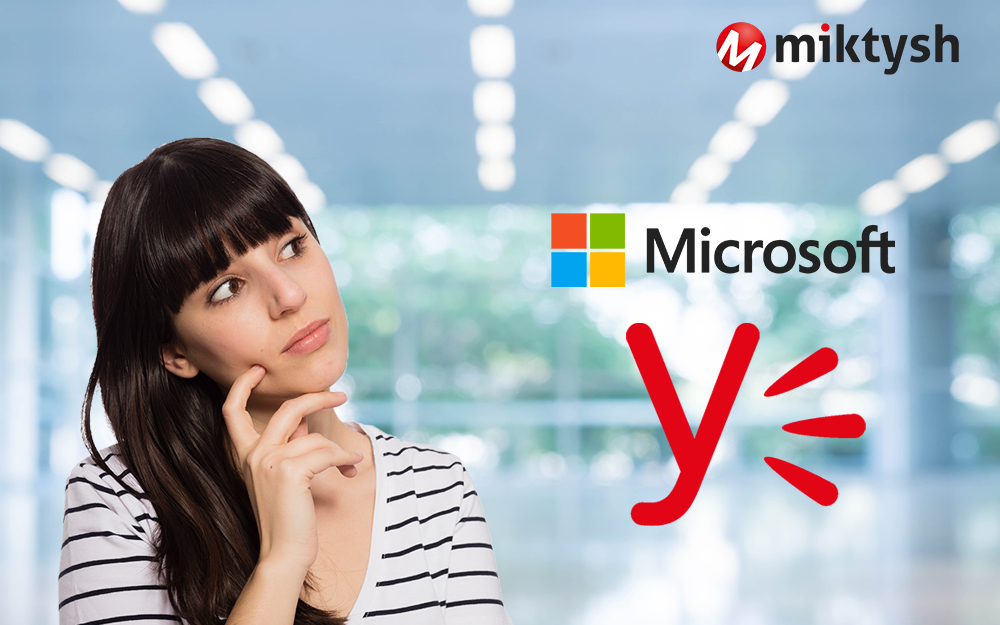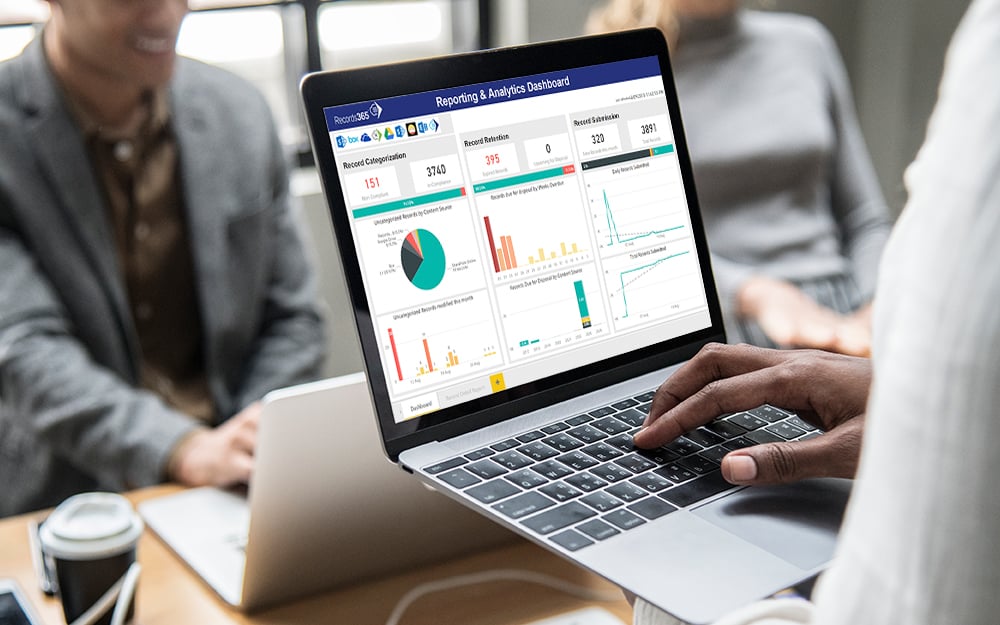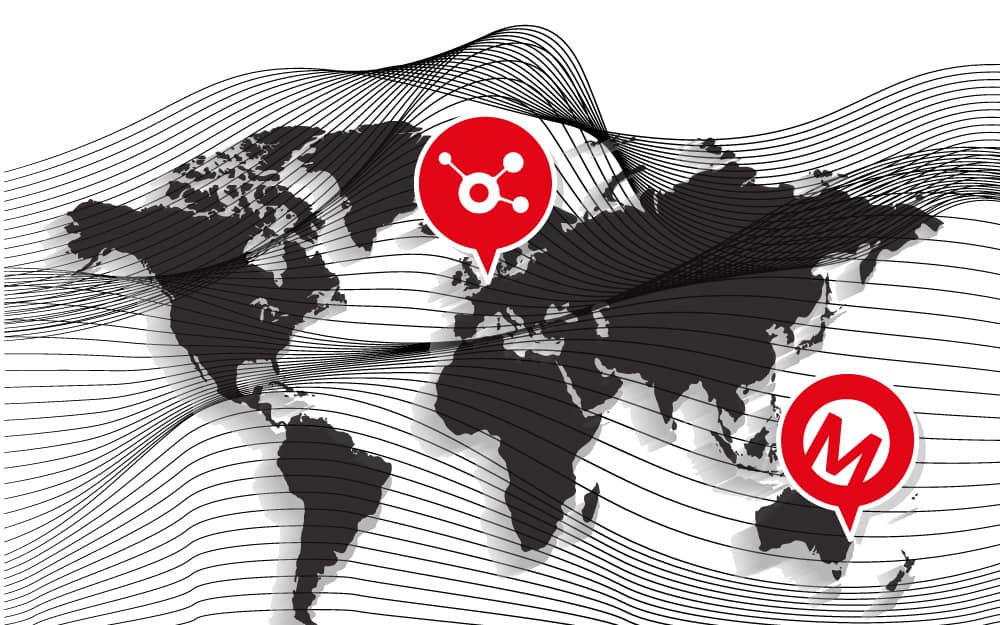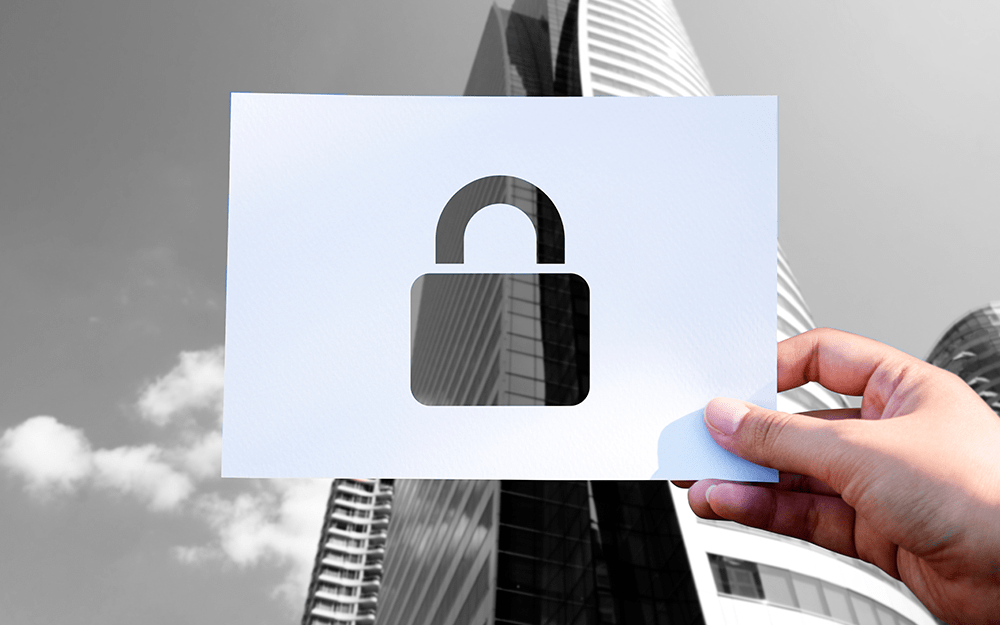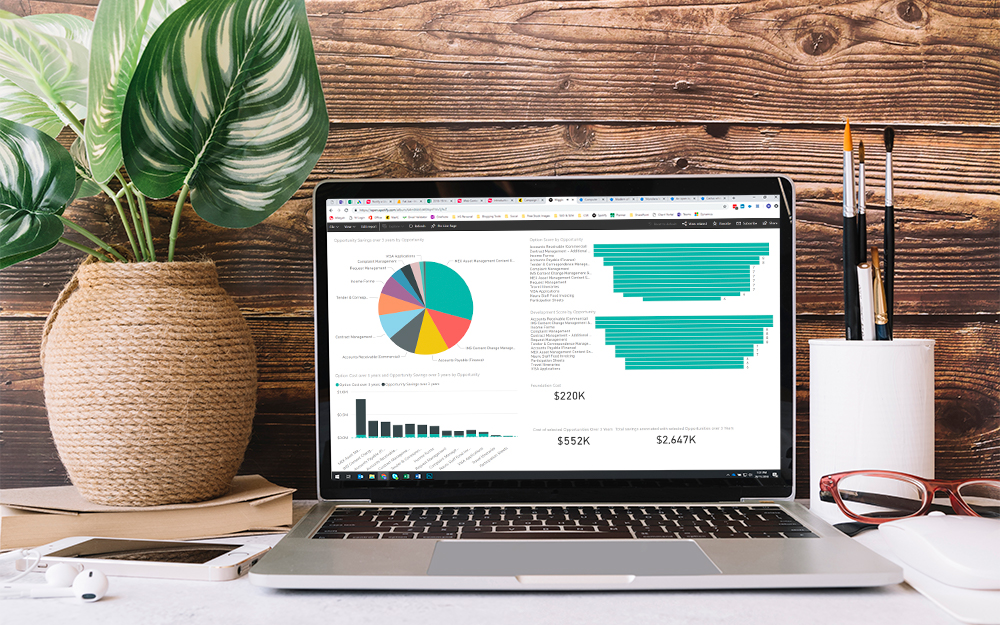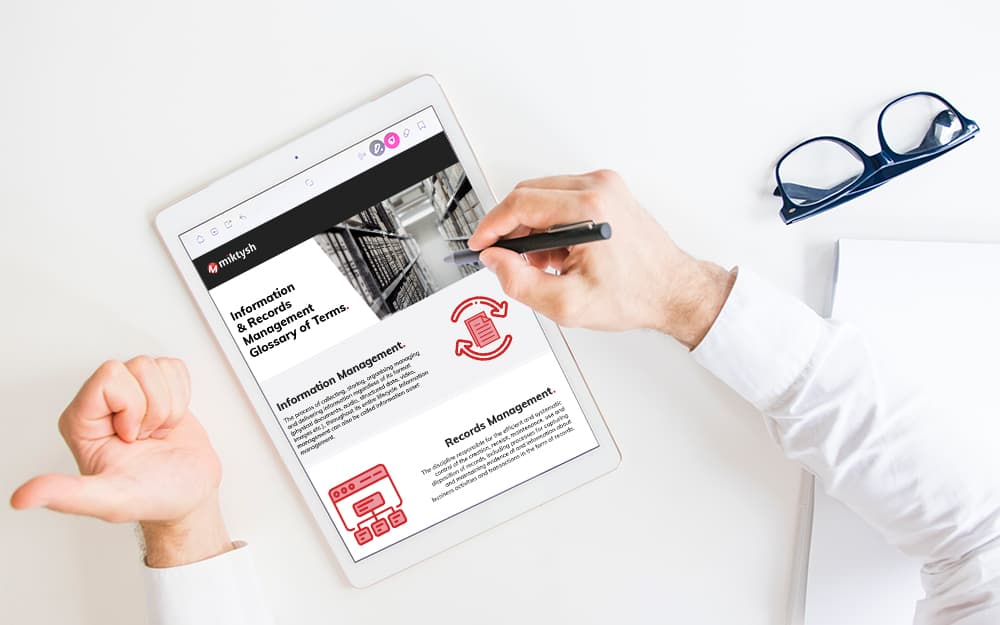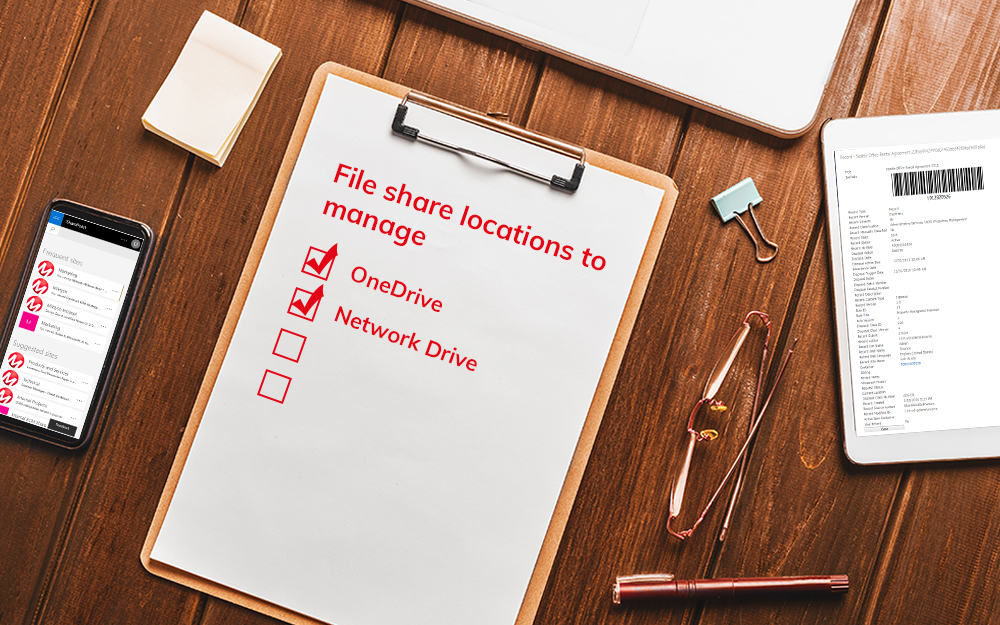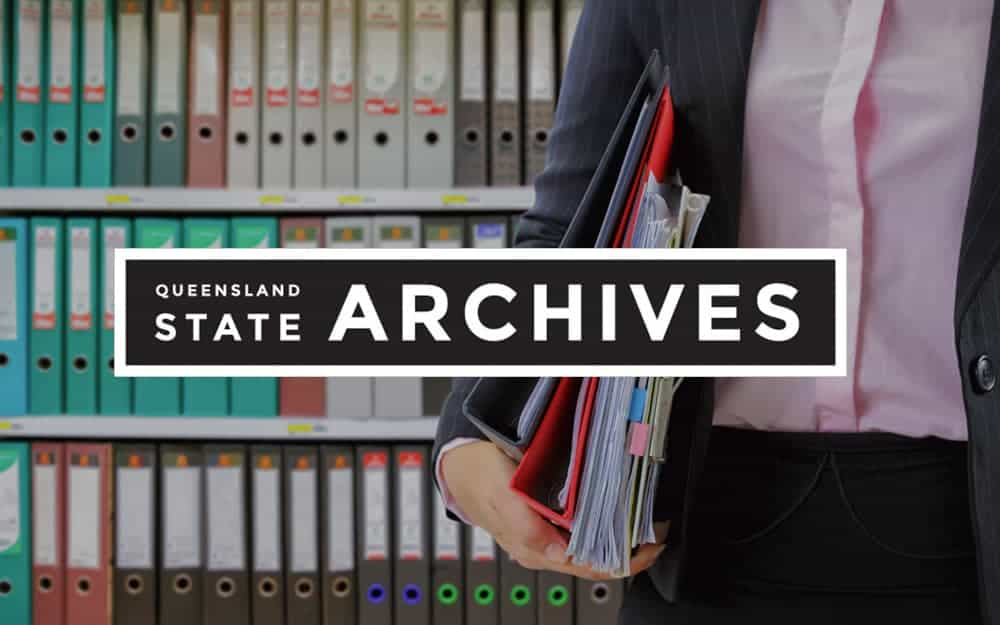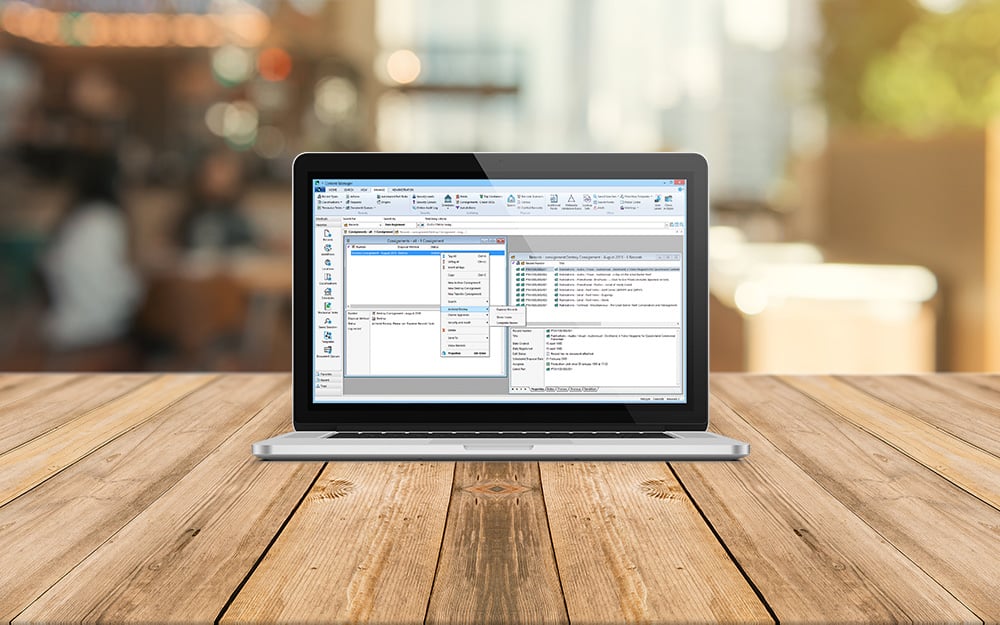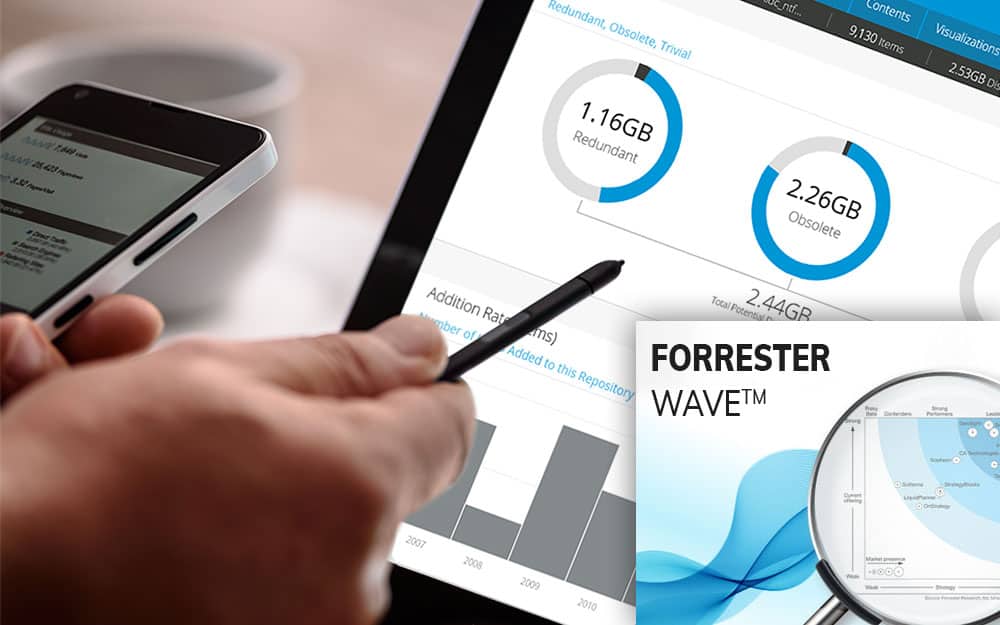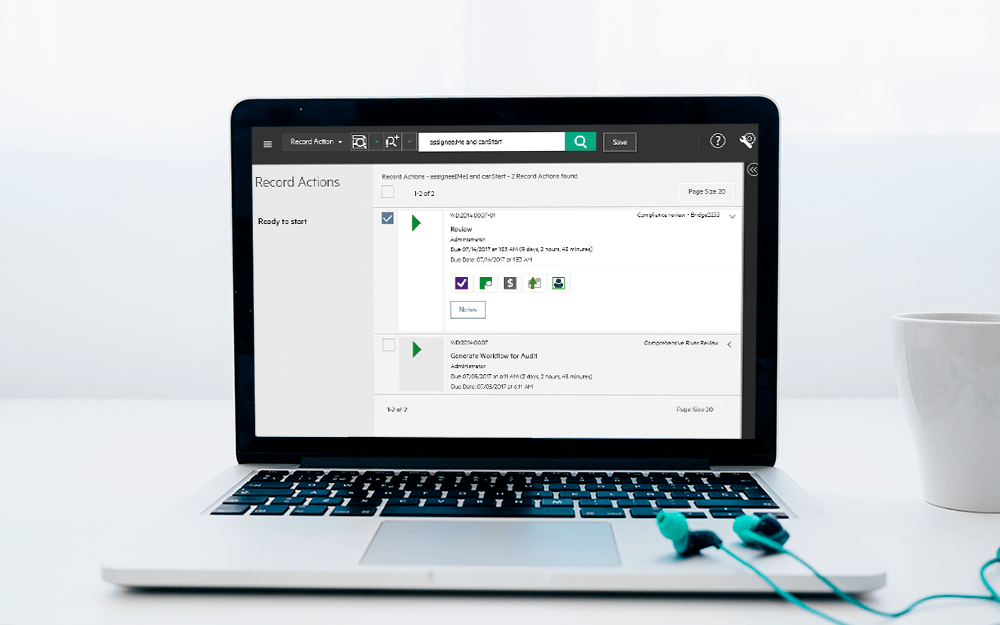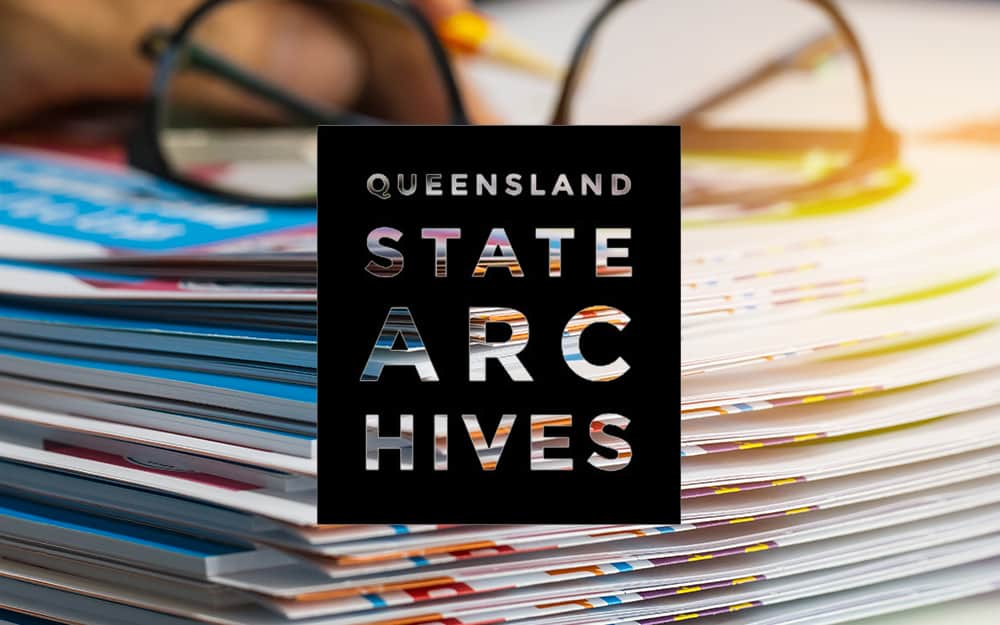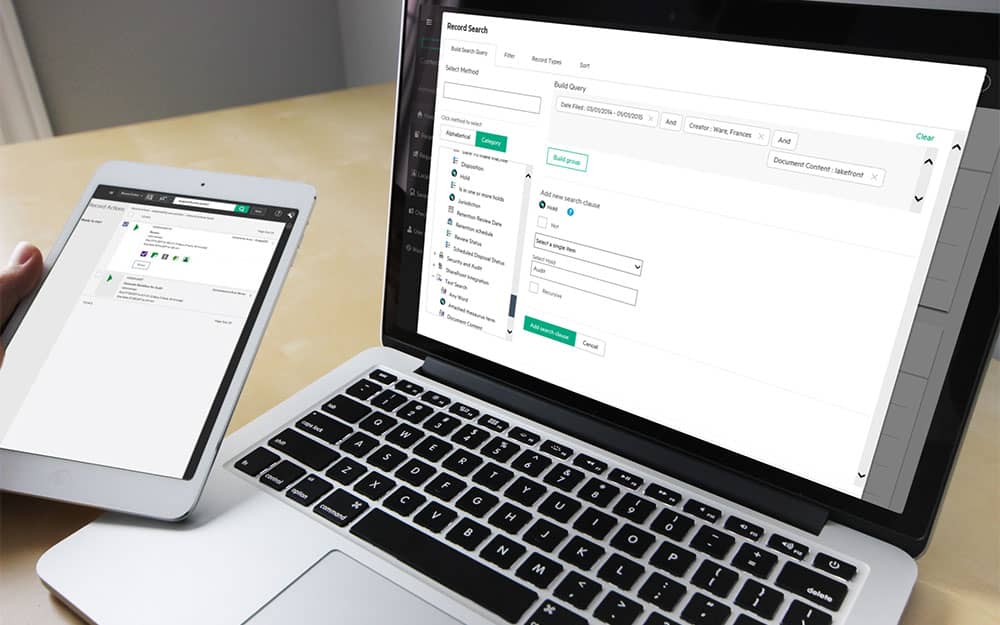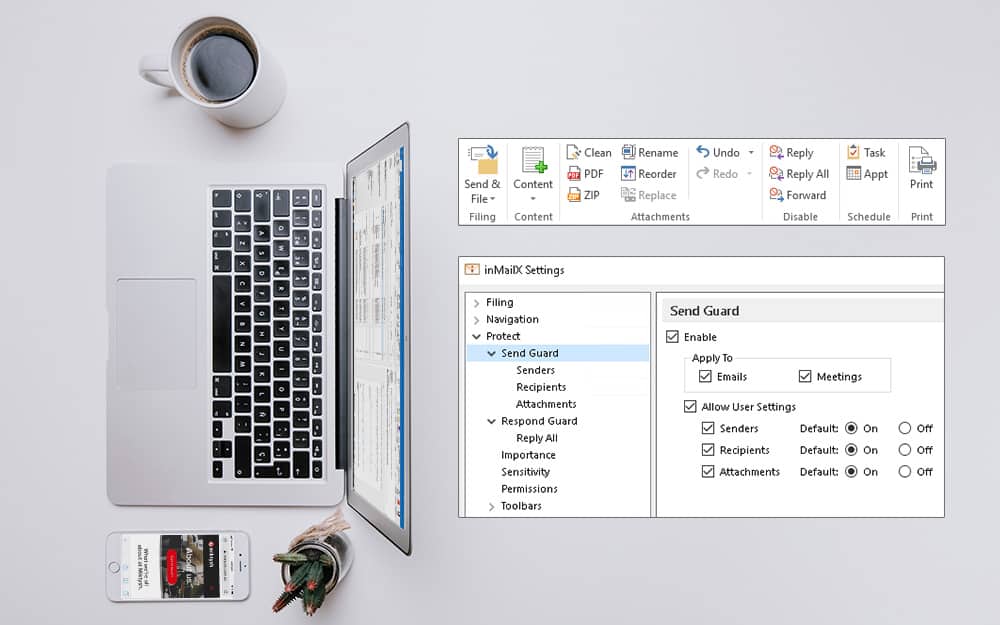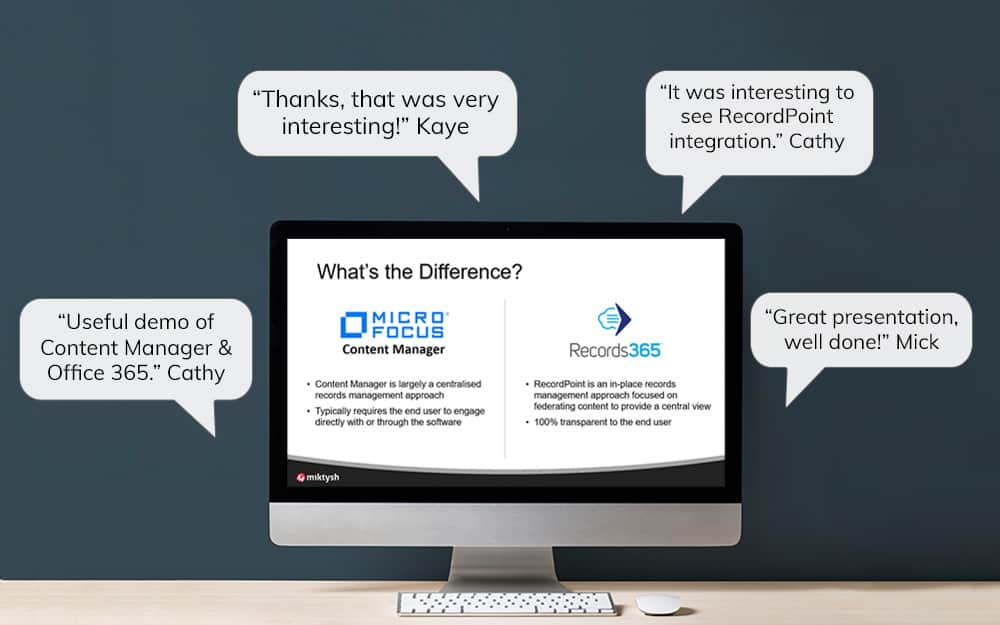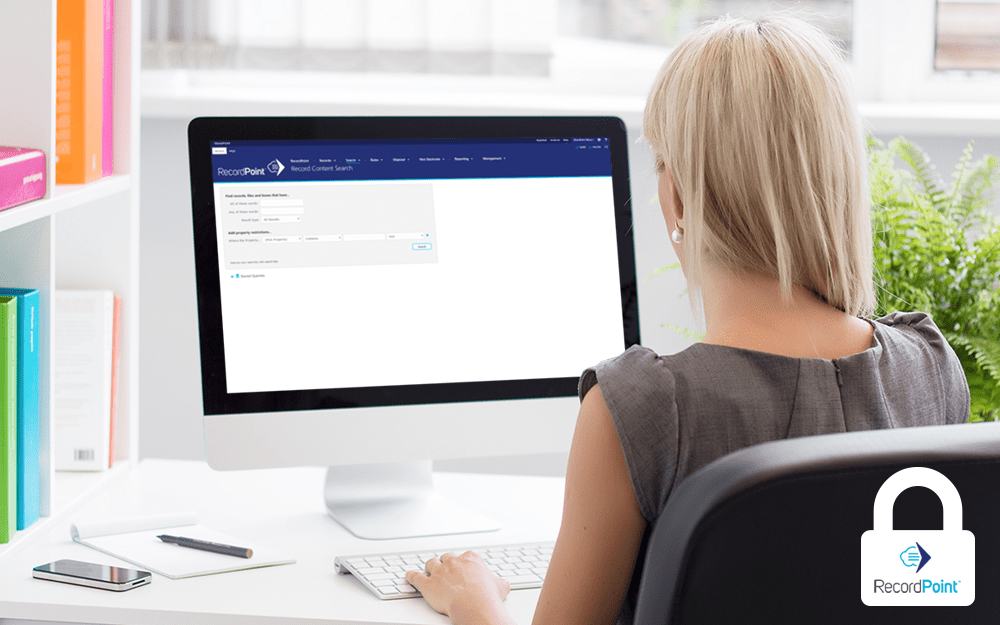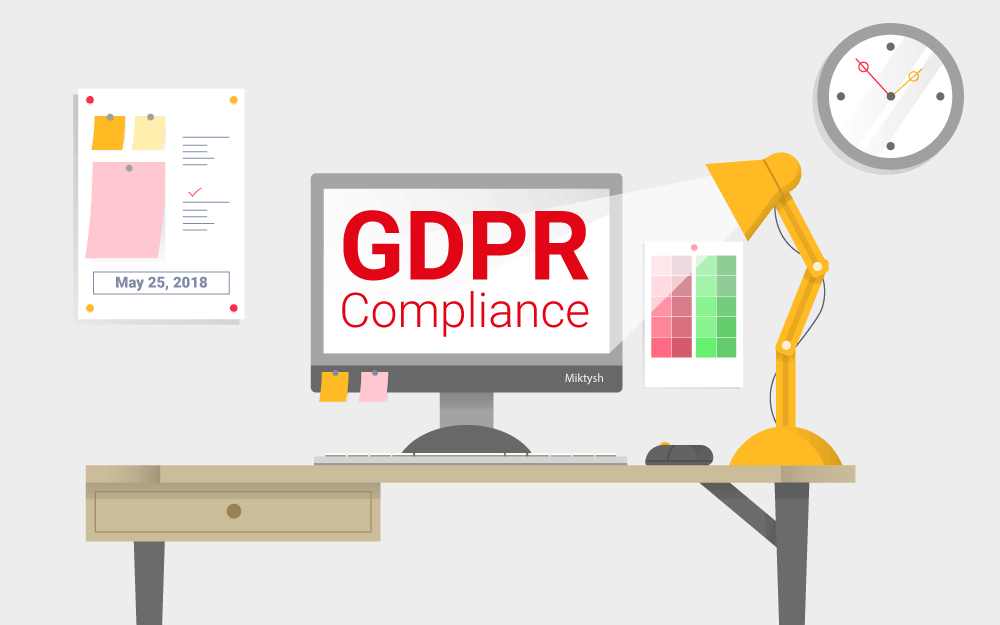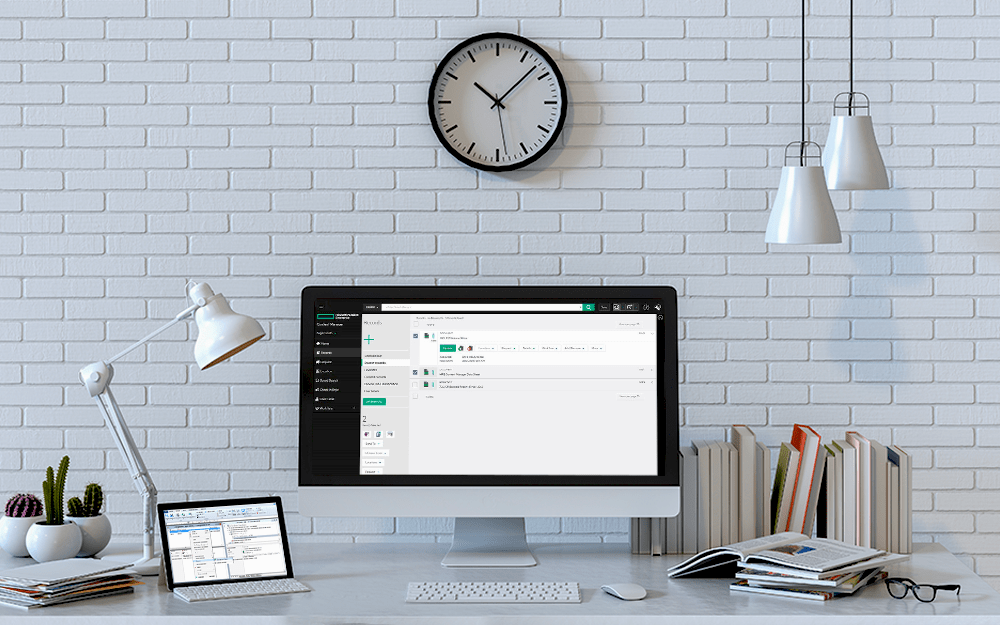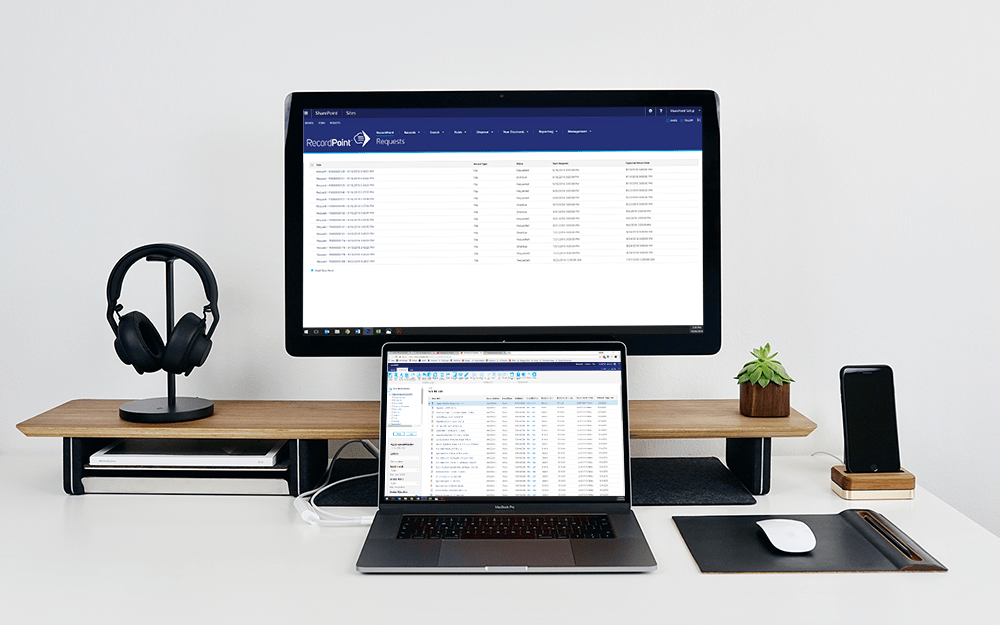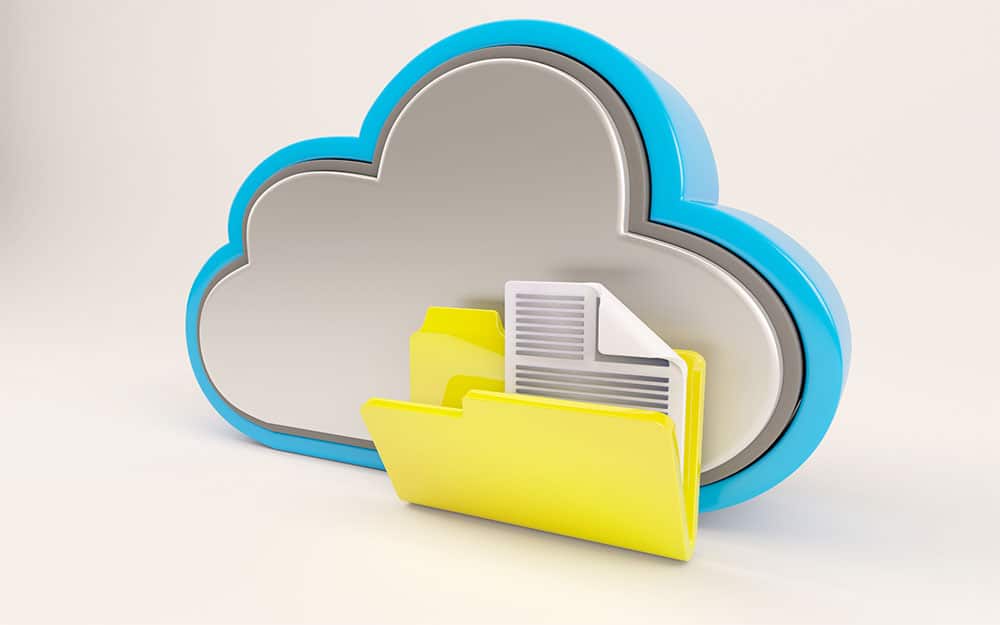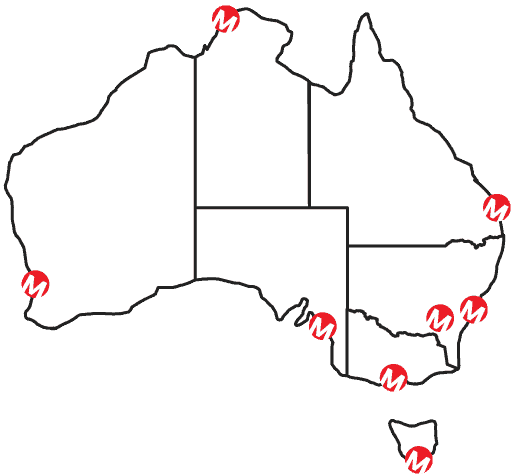Miktysh Blog.
Your go-to source for everything records management, eDRMS, Office 365, TRIM/Content Manager, RecordPoint, AvePoint, and EncompaaS related.
10 Must Have Characteristics of an Effective Records Management System
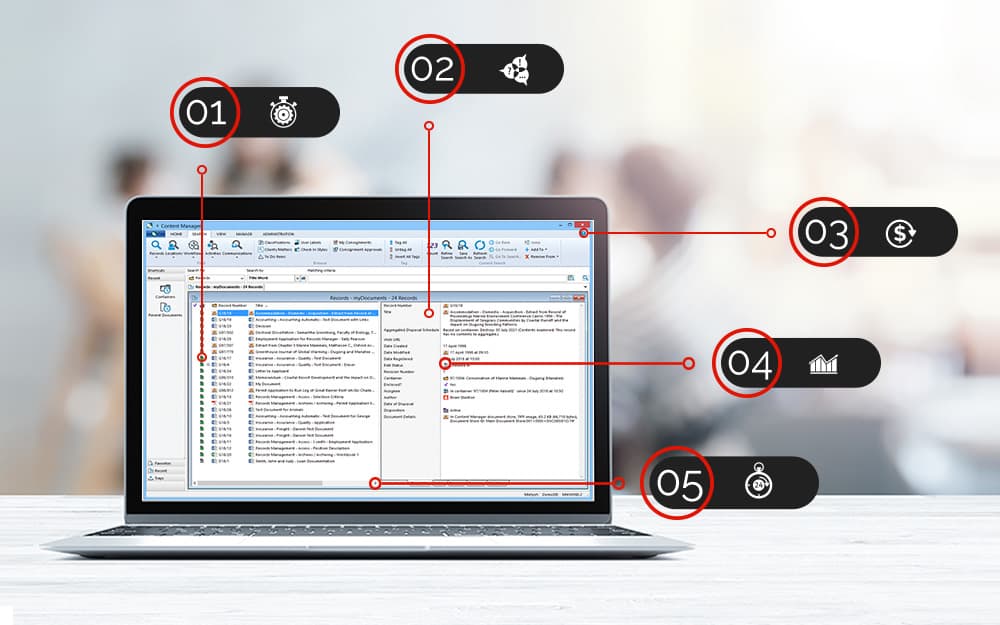
As the volume of information continues to grow as an organisation matures, it becomes increasingly important (and challenging) for organisations to manage their records efficiently to meet regulatory recordkeeping obligations. Choosing an effective records management system is an important and integral step in this process. In this article, we examine a number of important characteristics to look for when evaluating and choosing a records management system for your organisation.
1. Automation is key for effective records management
One of the most important features of any modern records management system is the ability to automatically capture and apply classifications to content in the background, without infringing on usability for end users. Traditionally, end-users would have to work within a classification system (taxonomy) that was not user-friendly and didn’t integrate well with internal business processes. Modern records management systems like RecordPoint, allow users to manage and store their information in repositories such as SharePoint and OneDrive in a way that is meaningful and aligned to their business process and practice, whilst the system captures and classifies it in the background.
An effective records management system will also automatically capture metadata. The ability to locate the correct information when it’s required is often dependent on metadata, so capturing quality metadata is important. Automatic capture means end users won’t have to manually input data into a pop-up form when uploading and adding documents.
2. User friendly for high user adoption
An eDRMS that is user friendly, logical to operate and simple to learn will ensure that there is high user adoption. Characteristics of a user-friendly eDRMS that you should look for include, an interface that is consistent across all windows, menus, functions and commands. One that provides intuitive functions that can be performed with as few mouse clicks and keystrokes as possible. Integration of function keys, hot keys and shortcut keys across all components and modules. And lastly, the ability to access the system from outside of Office, in a web browser.
3. Effective records management that won’t interrupt the way your team works
An effective records management system will do its work in the background, appearing invisible to end-users.
Many traditional systems, require end-users to interact directly with the eDRMS. This could involve uploading, searching and finding content via the eDRMS. As using this type of software is usually not the end-users natural working environment, this can be a difficult learning curve and result in organisational inefficiencies, or low end-user adoption. However, effective, modern records management systems possess the ability to manage records in-place across a variety of platforms, meaning your team doesn’t need to change the way they work.
An effective records management system will also integrate with numerous content platforms, enabling your team to work where and how they want.
4. Ability to manage content across various repositories
Most organisations use a variety of content platforms when creating and storing content. This often includes Office 365 storage such as OneDrive or SharePoint, Google Drive, Dropbox, Box and network drives. With many records management systems, it isn’t possible to manage content in various locations, and having a records management system for each isn’t feasible either. Therefore, it’s important when selecting an eDRMS, to ensure it can integrate with various repositories used by your team, to manage those records in place.
Modern records management systems such as RecordPoint can manage content from multiple repositories they include the application of a single file plan and the capability to apply retention and classification rules. RecordPoint maintains records using a centralised toolset, which includes the automatic classification of records, search function and bulk legal hold and disposition.
Having an eDRMS that integrates seamlessly with numerous repositories allows organisations to use the tools they want whilst meeting regulatory recordkeeping compliance obligations.
5. Ability to manage physical and hybrid records
In the same way a records management system needs to be able to handle multiple content sources, it also needs to manage different content types, including physical records, emails, conversations and social media content.
Contemporary records management systems such as Micro Focus’s Content Manager have modules that assist organisations with locating and managing physical records. They accomplish this by defining a storage hierarchy that represents a physical storage space. For example, an organisation could have records stored within a warehouse, that consists of multiple floors, with multiple areas within each floor that contains multiple rows within each area and so on. By defining a storage hierarchy to represent this, an eDRMS can help organisations retrieve and manage their physical records.
Both Content Manager and RecordPoint also have barcode support, which means records can be easily tracked when moving between different storage spaces.
6. Easily captures email records
It’s also important that the records management system is able to record and manage emails, as for most organisations this is the primary source of communication. Although email applications such as Microsoft Outlook are usually installed on each employee’s computer, a good eDRMS will be able to accomplish this without having to be installed on each email user’s computer. For example, Content Manager has integrations with Microsoft Outlook that are completely server side, reducing the burden and costs of IT.
7. Ability to manage social records
As the technology landscape changes, records management systems are having to adapt and move towards being able to capture and manage social media records. Although this is an ongoing process, RecordPoint is developing its Social Connect that will allow organisations to capture, control and archive records created in Twitter, Facebook and Yammer.
8. Government grade security
Ensuring that data is kept secure is an essential part of any records management system. If the system is cloud-based, this becomes even more challenging.
There are a number of key security features that you should look for when choosing an eDRMS. Firstly, sensitive data should be encrypted while in transit through a strong SSL connection. The system should allow for varying levels of access, where sensitive, private or classified information can be restricted so that only specific individuals within an organisation can view or use it.
The solution should prevent the unauthorised destruction or deletion of registered physical and digital records and associated metadata at all times. Once a record has been put forward for destruction, the operation should only be executed once it has been approved and confirmed by the appropriate Approval Officer. When a record is destroyed, the system should preserve the metadata.
9. Provision of audit trails
Audit trails can track who had access to documents and records and the actions taken on them.
When a record is deleted, an eDRMS should preserve the metadata of the deleted record so that information on historical actions taken on the record and by which users, can be traced. This is essential when it comes to identifying whether business and legal guidelines have been adhered to, and tracing any unauthorised activity.
RecordPoint displays all audit information including record keeping activities and movement history for physical files, in its own centralised dashboard, without the need to move them in the SharePoint structure.
10. Compliance to relevant standards and policies
When evaluating different records management systems, it’s important to ensure that the chosen solution is certified to comply with relevant Australian, state and international policies and standards.
Some standards you should keep in mind, include the Victorian Electronic Records Strategy (VERS) Version 2, which specifies how the location of physical records should be tracked, and how digital documents and records should be assigned. It also states that digital records must be managed in a consistent, open and enduring format as VEOs, utilising Extensible Markup Language (XML) and Portable Document Format (.pdf).
The solution should allow all physical and digital records to be disposed of in accordance with the provisions of the Public Records Act or other legislation that authorises such disposal. Record disposals should be aligned with General Disposal Schedules (or other operational Records Disposal Schedules approved for a specific agency).
When choosing a records management system for your organisation, you should now have a good understanding of the key characteristics to look for. Namely, a system that can automatically capture and classify data; manage different content types from multiple repositories; is user friendly and invisible to the end-user; can capture physical, social and email records; provides audit trails; has high-level security; and is compliant. Keeping these things in mind, your organisation will be able to apply effective records management to meet their regulatory recordkeeping obligations.

Michael Schloman
Executive Director
As co-founder and Executive Director at Miktysh, Michael oversees the organisation’s strategic direction. Michael is entrepreneurial by nature and has a proven track record of driving business growth. His passion for delivering results through relationships, collaboration and exceptional customer service is evident through the numerous accolades won by Miktysh. His education and years’ of experience have equipped Michael with a deep understanding of the IT & records and information management sectors, and what it takes to run a successful technology firm in Australia.
Follow us on social
TRIM/Content Manager Providers
Specialising in Micro Focus Content Manager implementations, upgrades, configuration, integration, training and strategic records management advice. Click here to find out more.
RecordPoint Providers
Records management in the cloud. Miktysh offers implementation, upgrades, configuration, integration, training and strategic records management advice. Click here to find out more.
The Challenges of Social Media Records Management
What are social records? Who is required to maintain social media records in Australia? Do you have to keep every interaction? Click here to read more.
Strategic Records & Information Management Services
Click here for more about our services.
Popular content.

ISO 16175

ISO 15489

ANSI

IS40
Records Management Across Platforms.
Related Products
Complementary Products for Micro Focus Content Manager.
Get exclusive access to industry news, events and special offers.
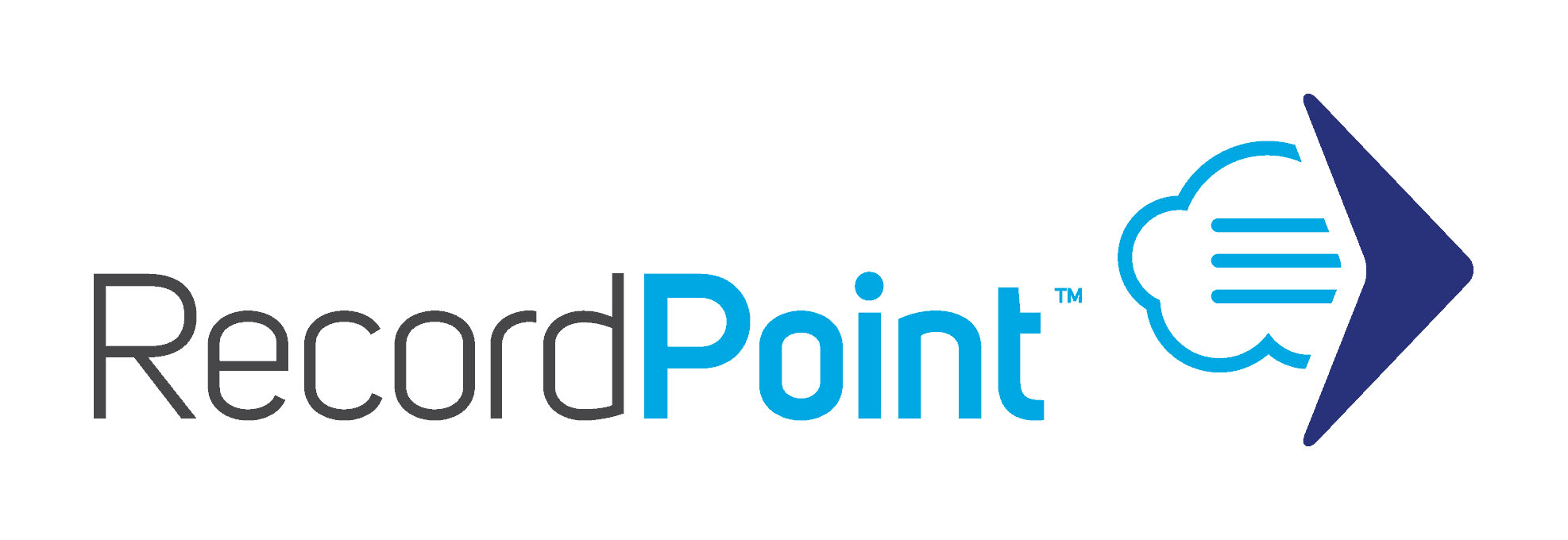



Get exclusive access to industry news, events and special offers.
